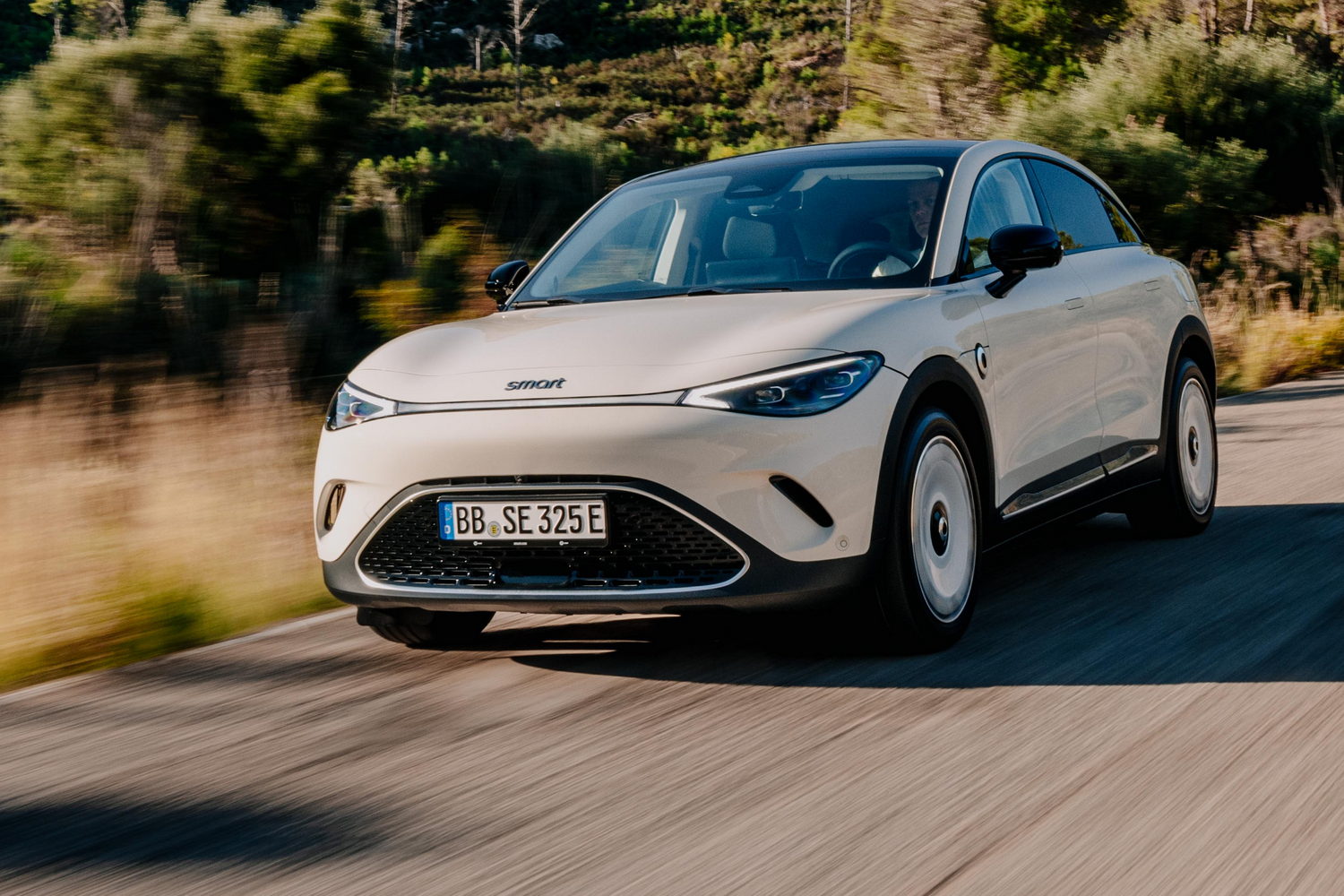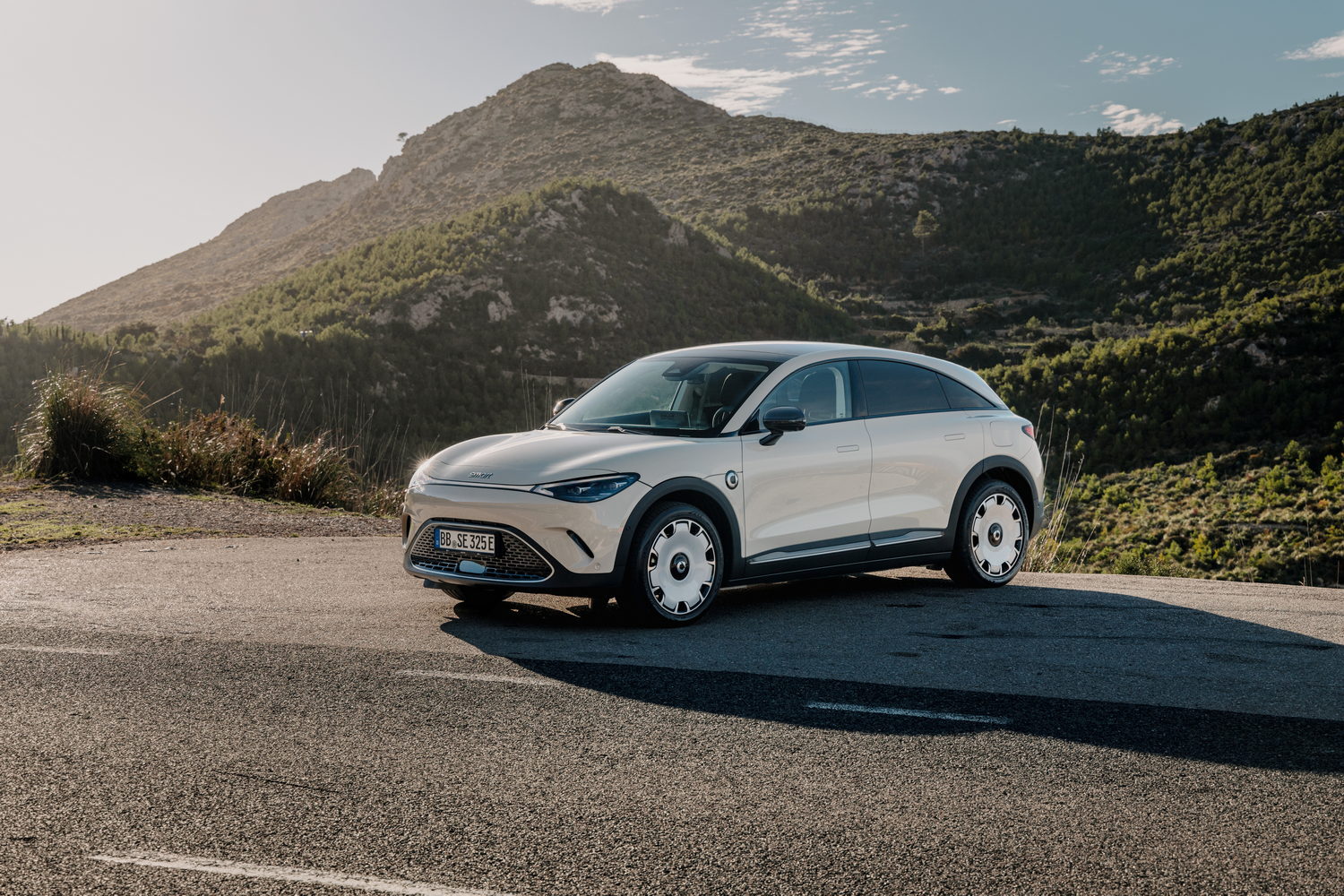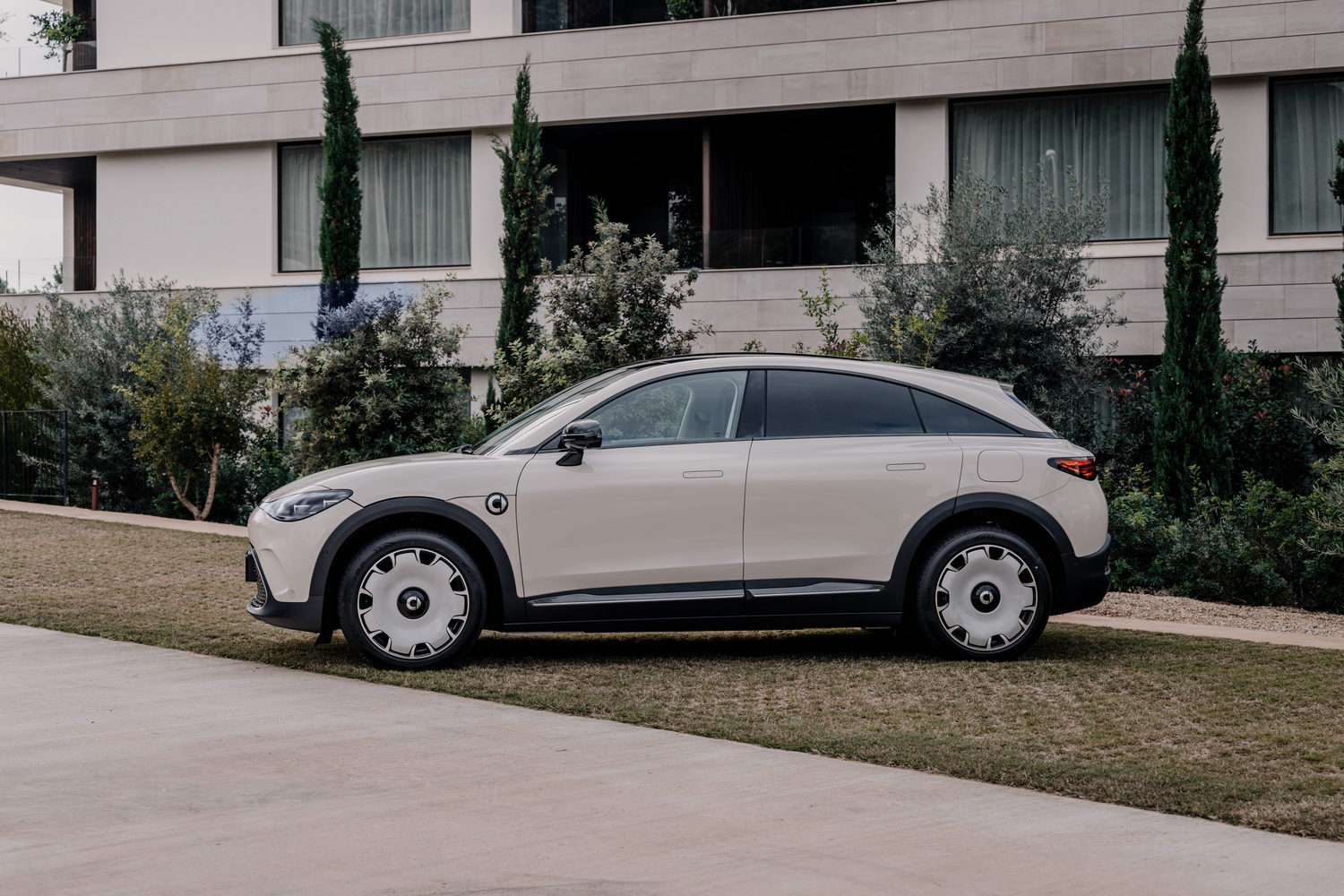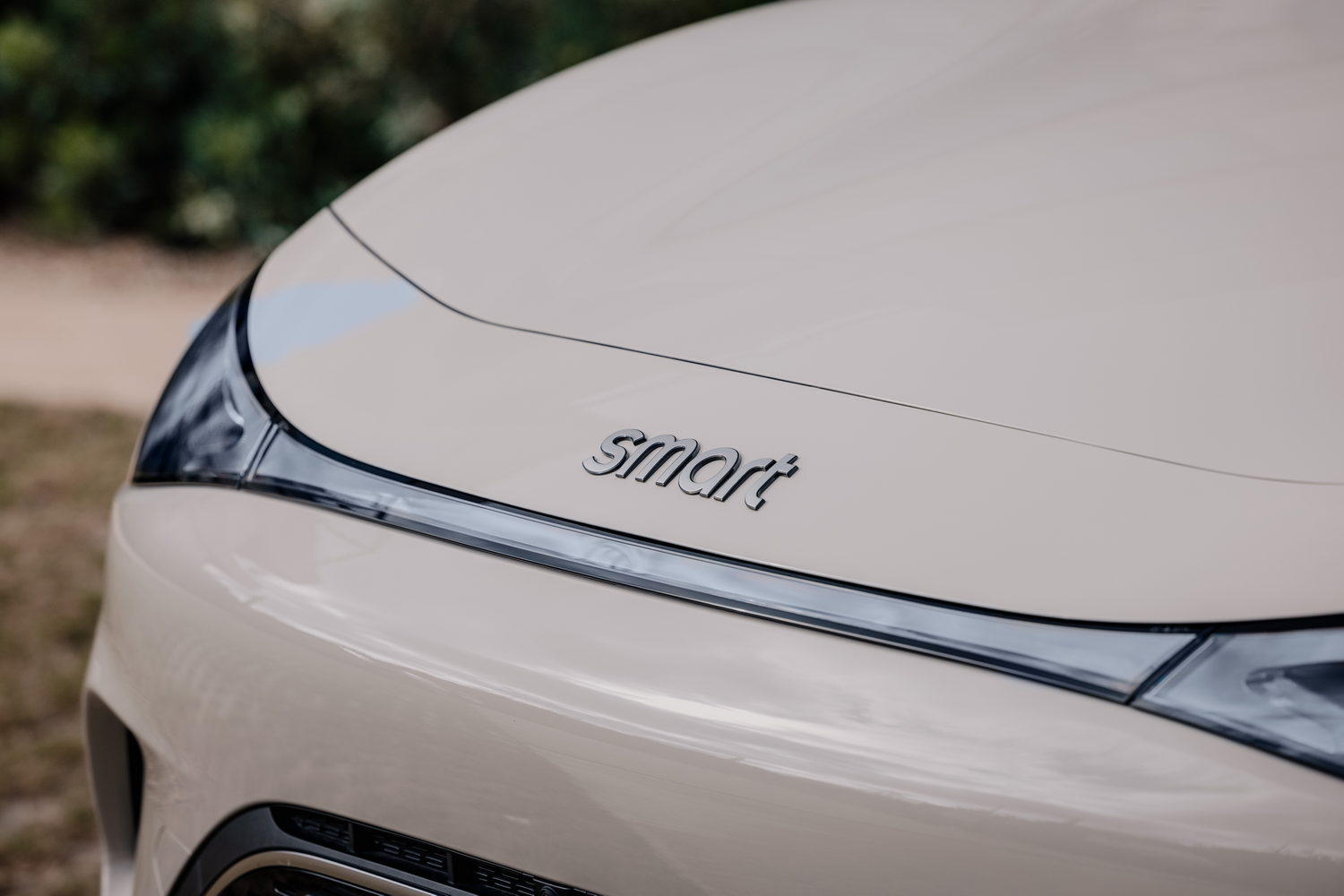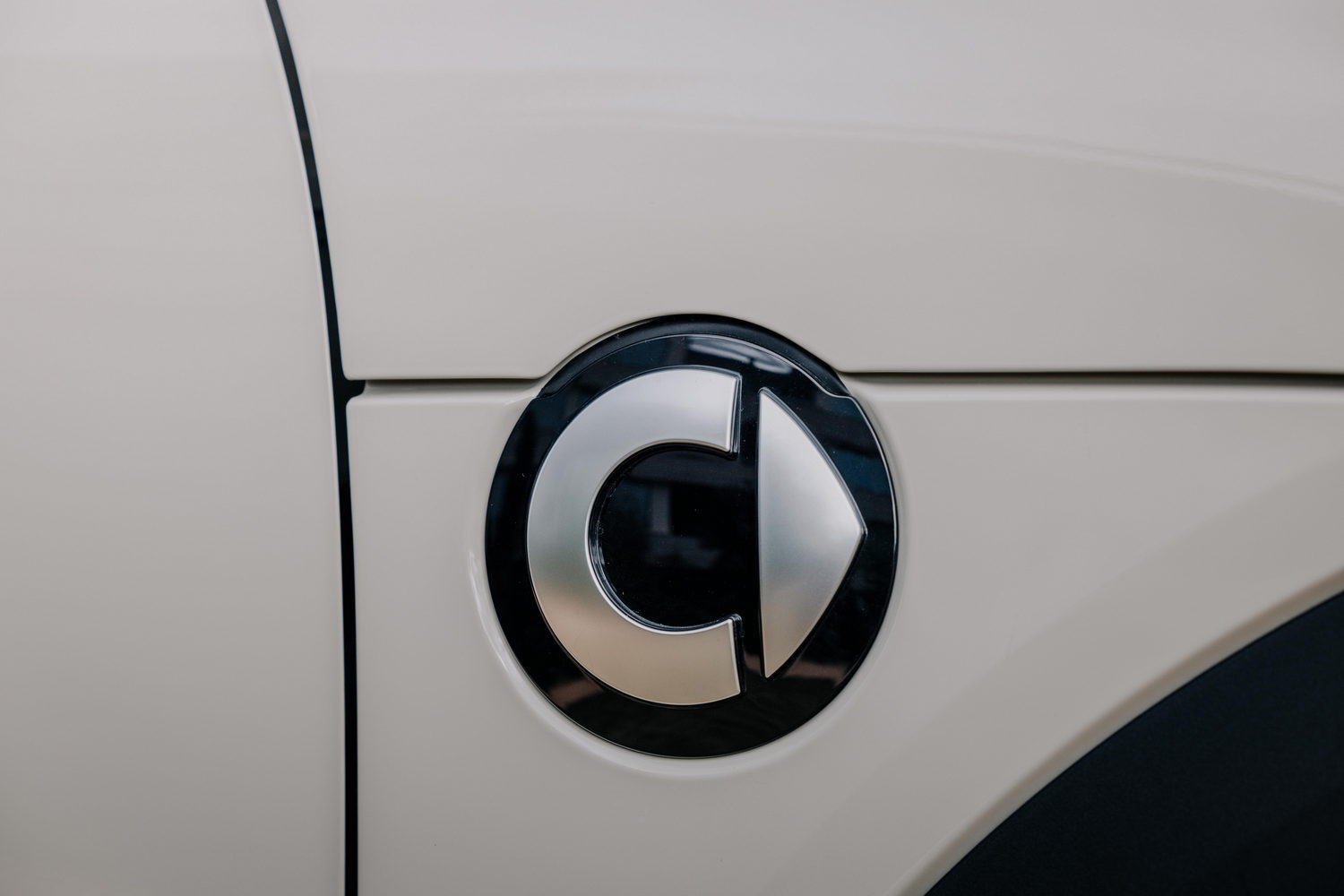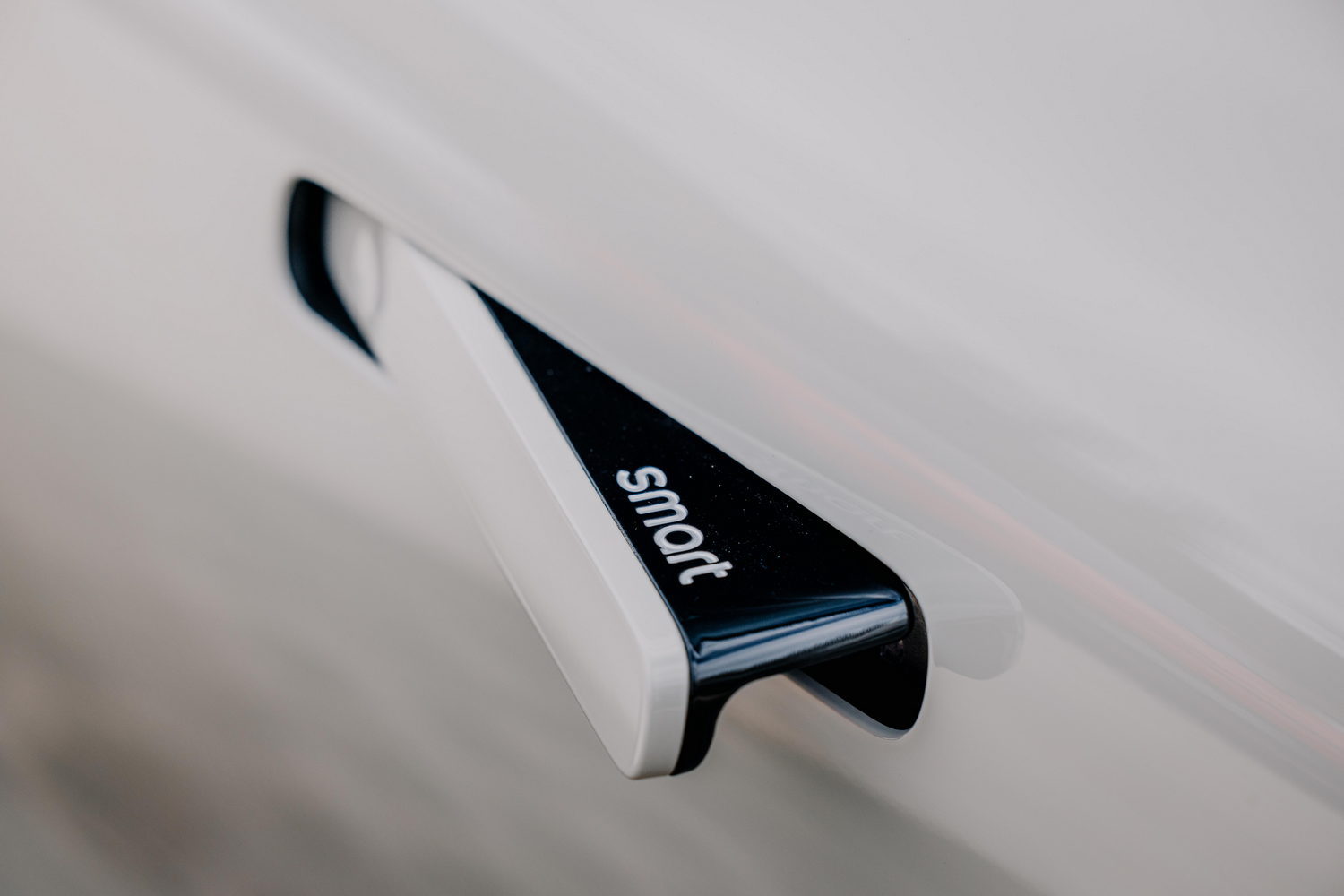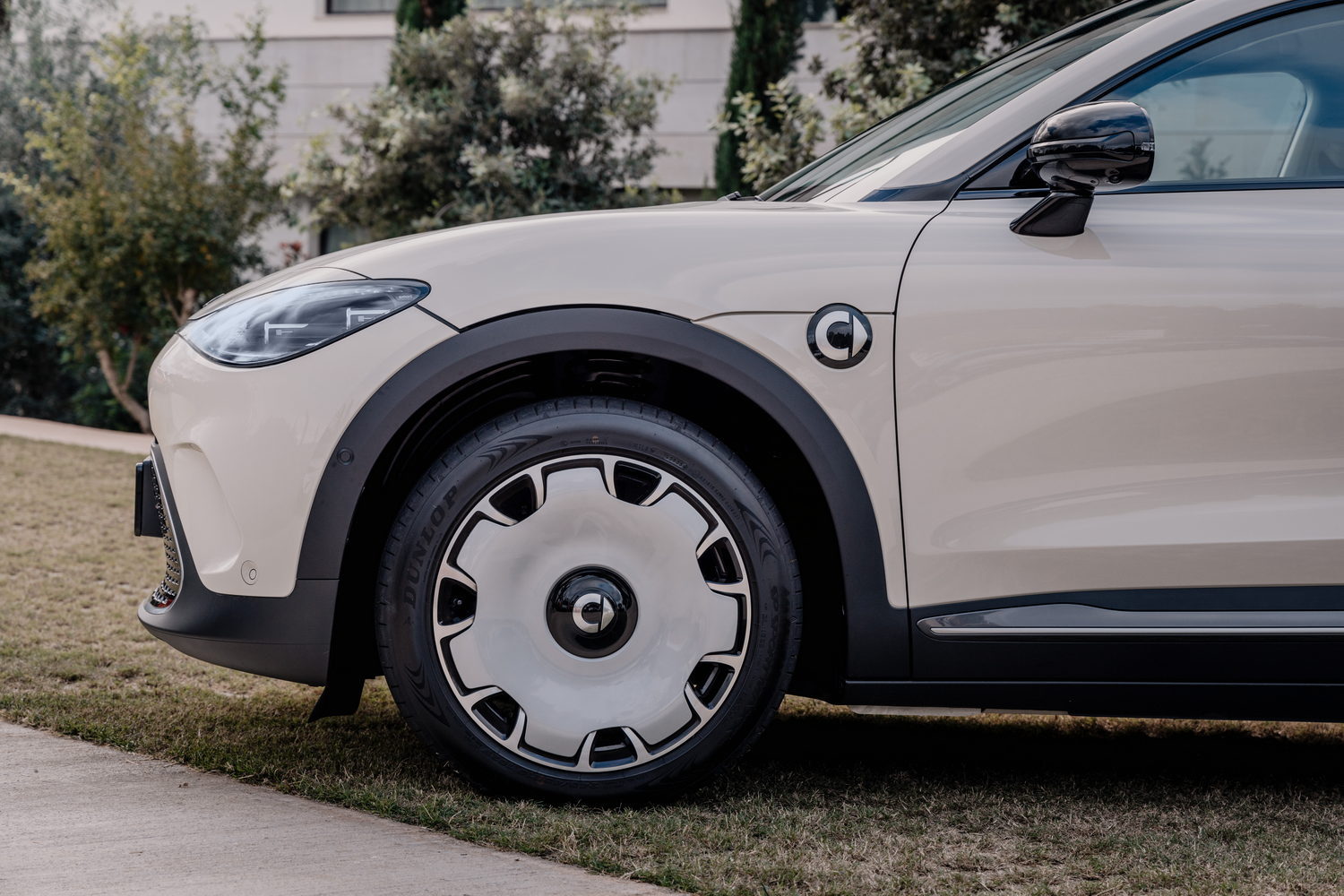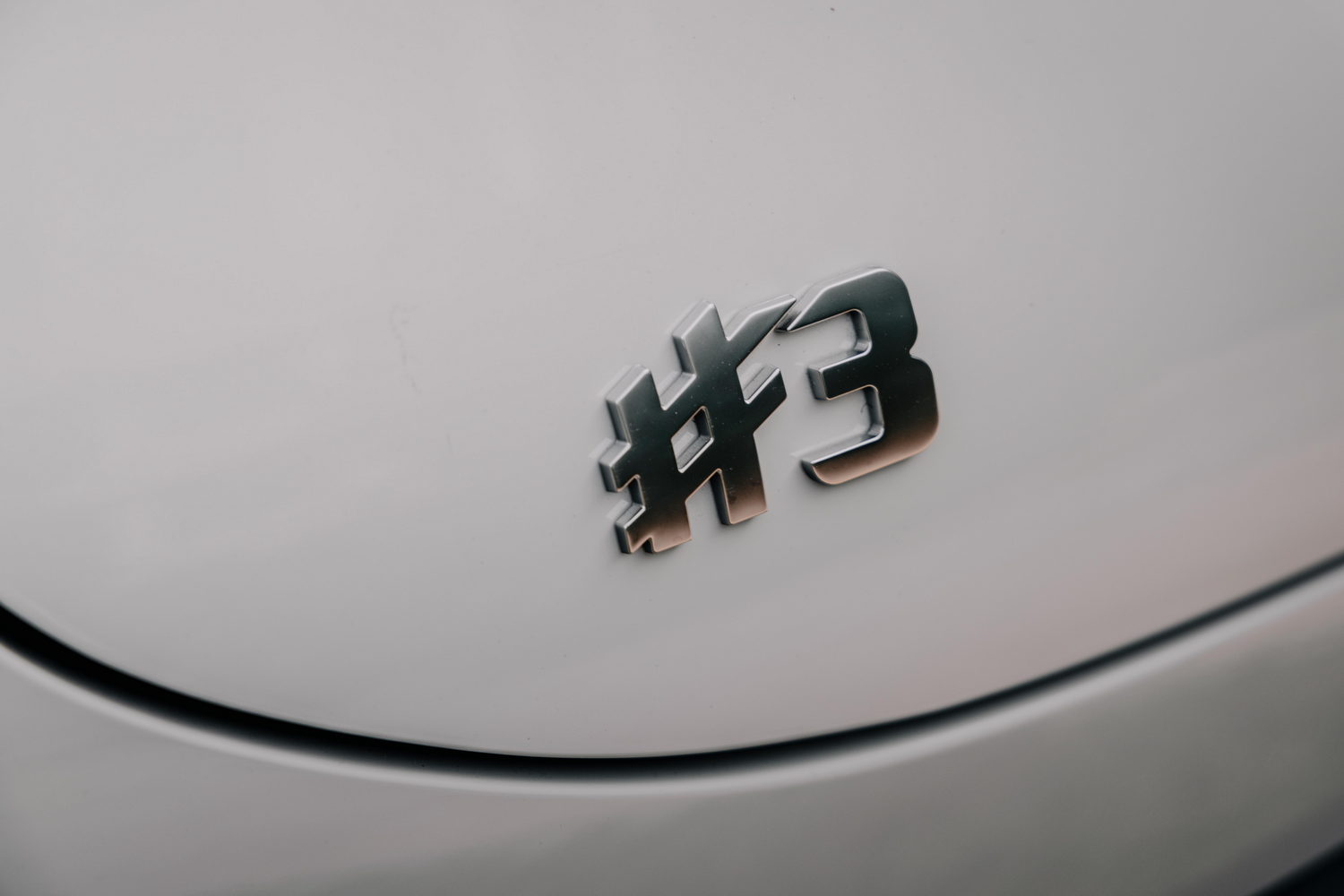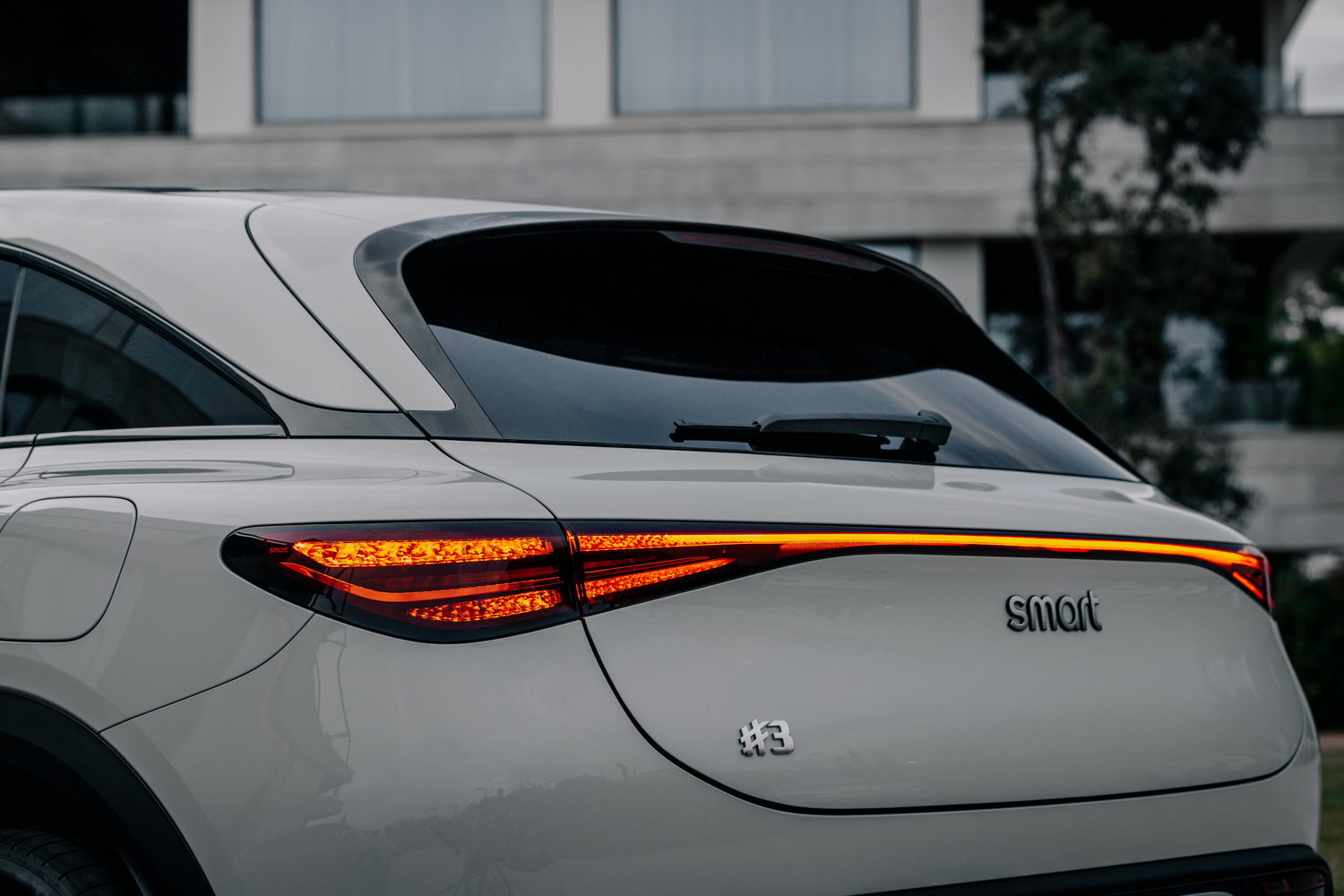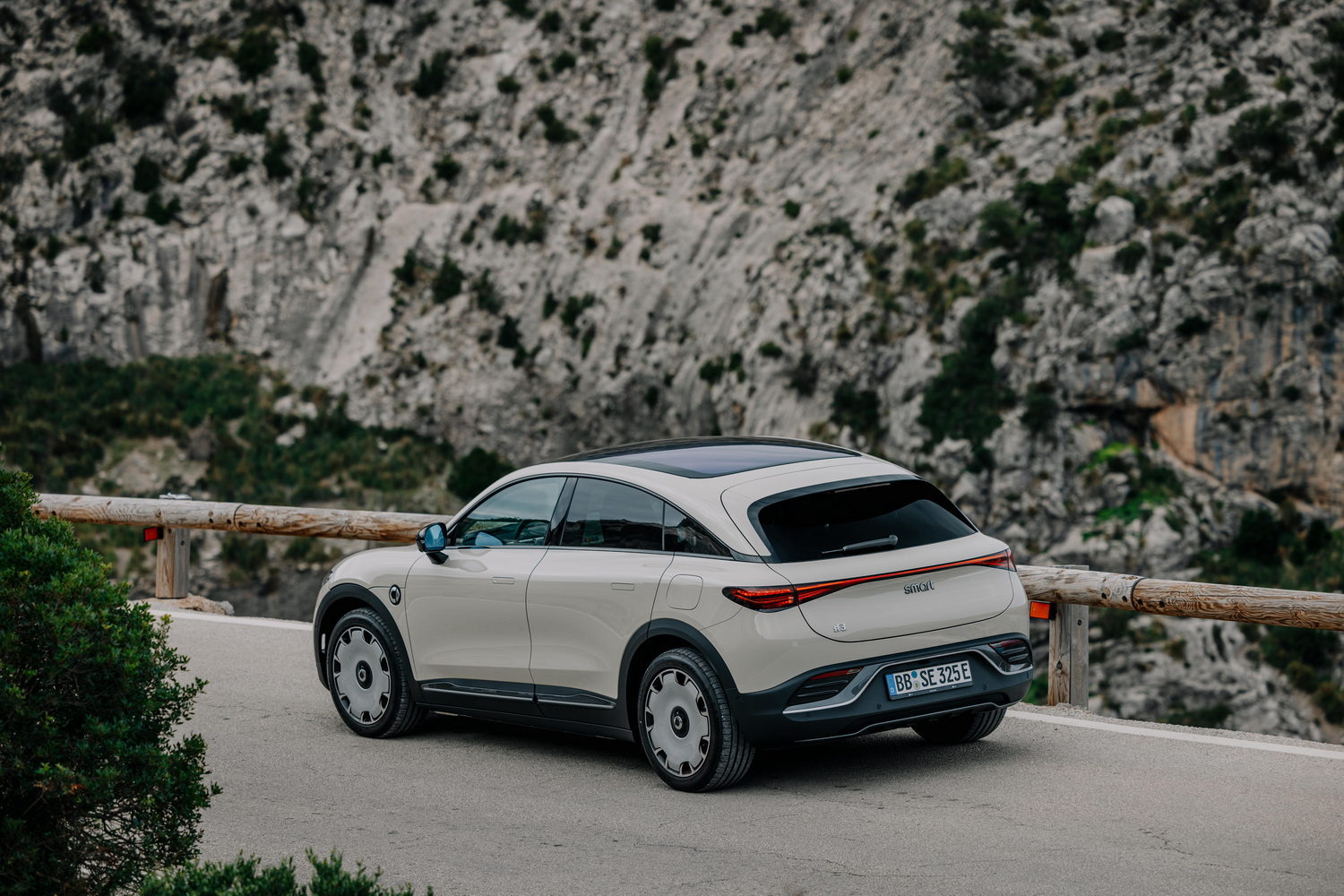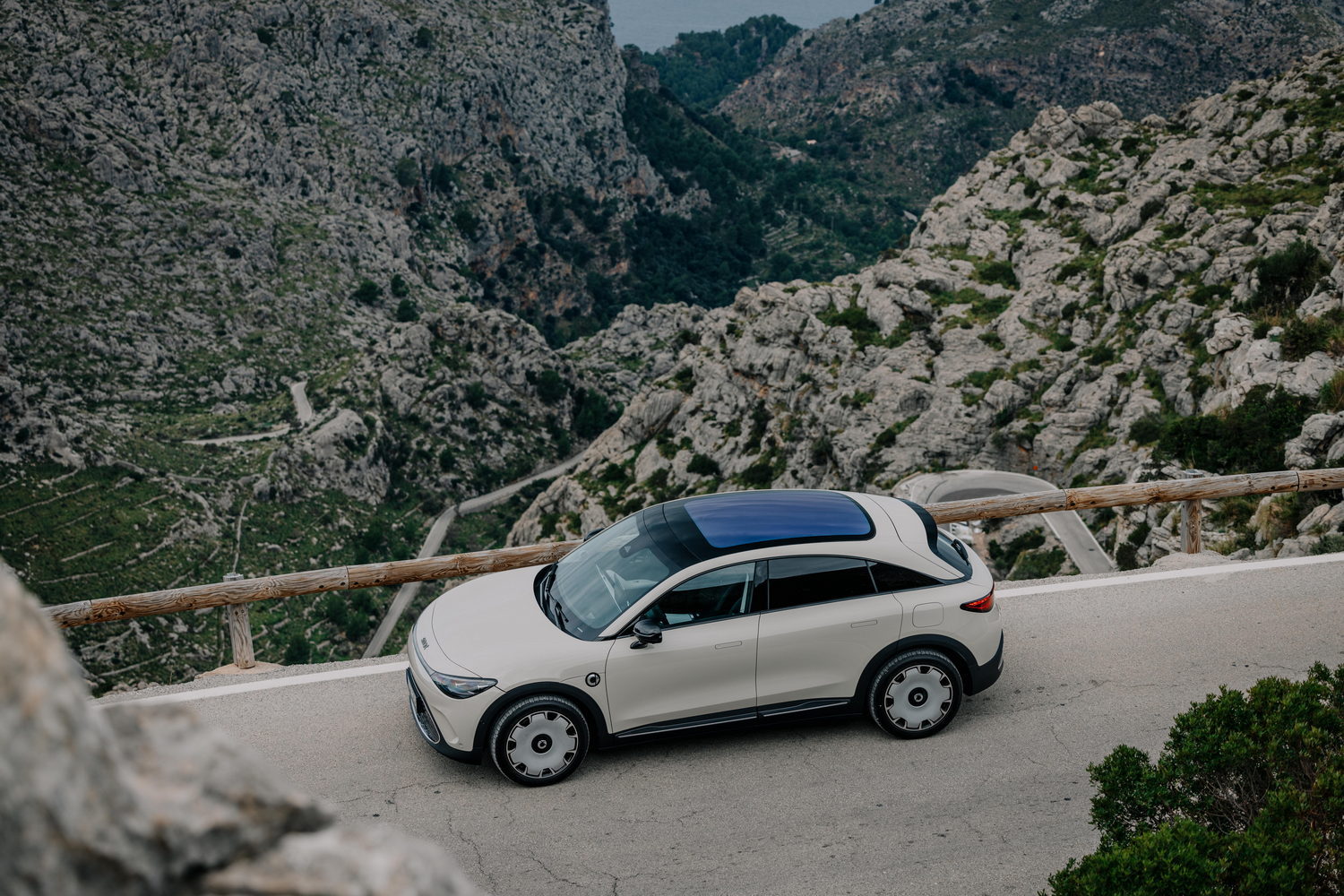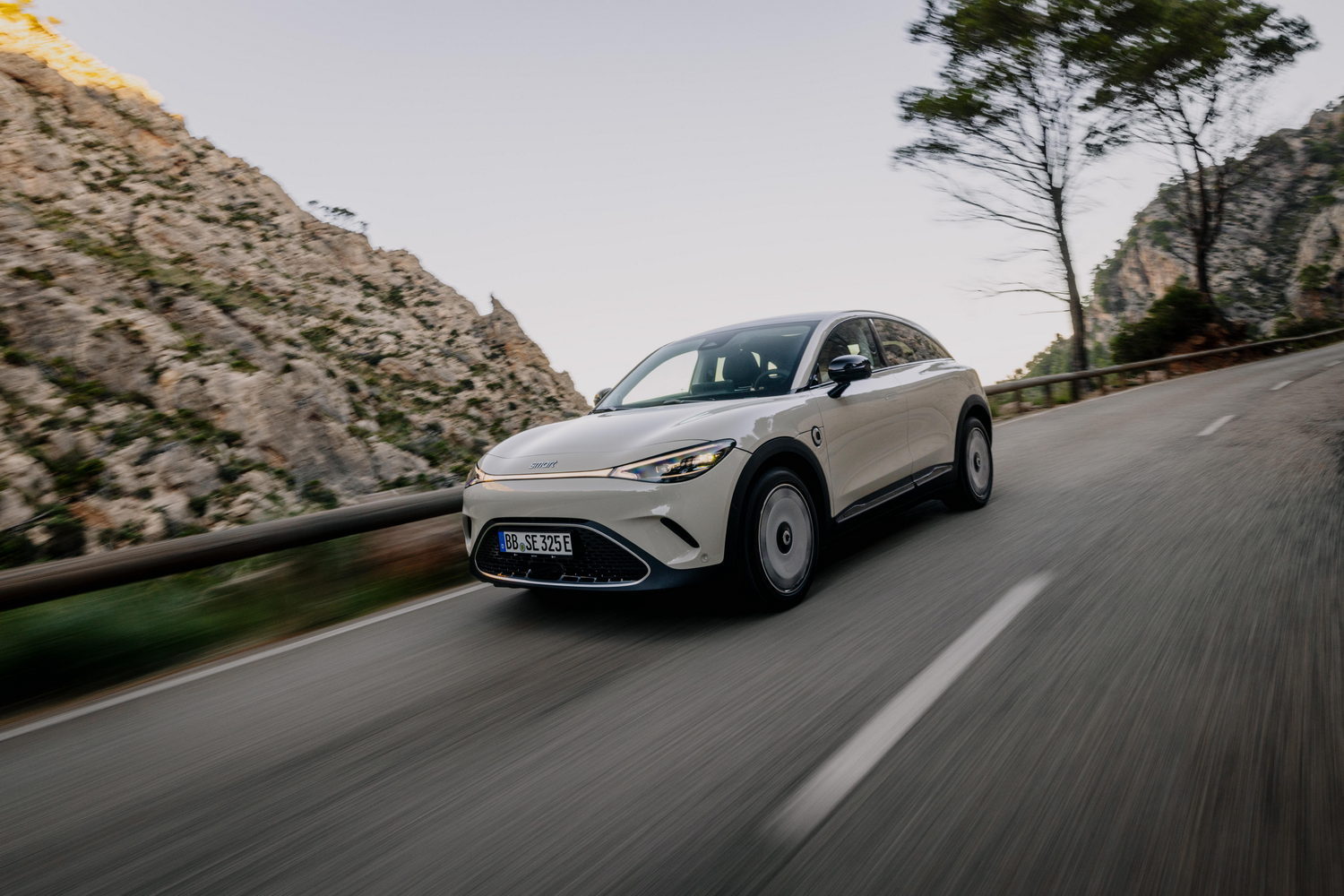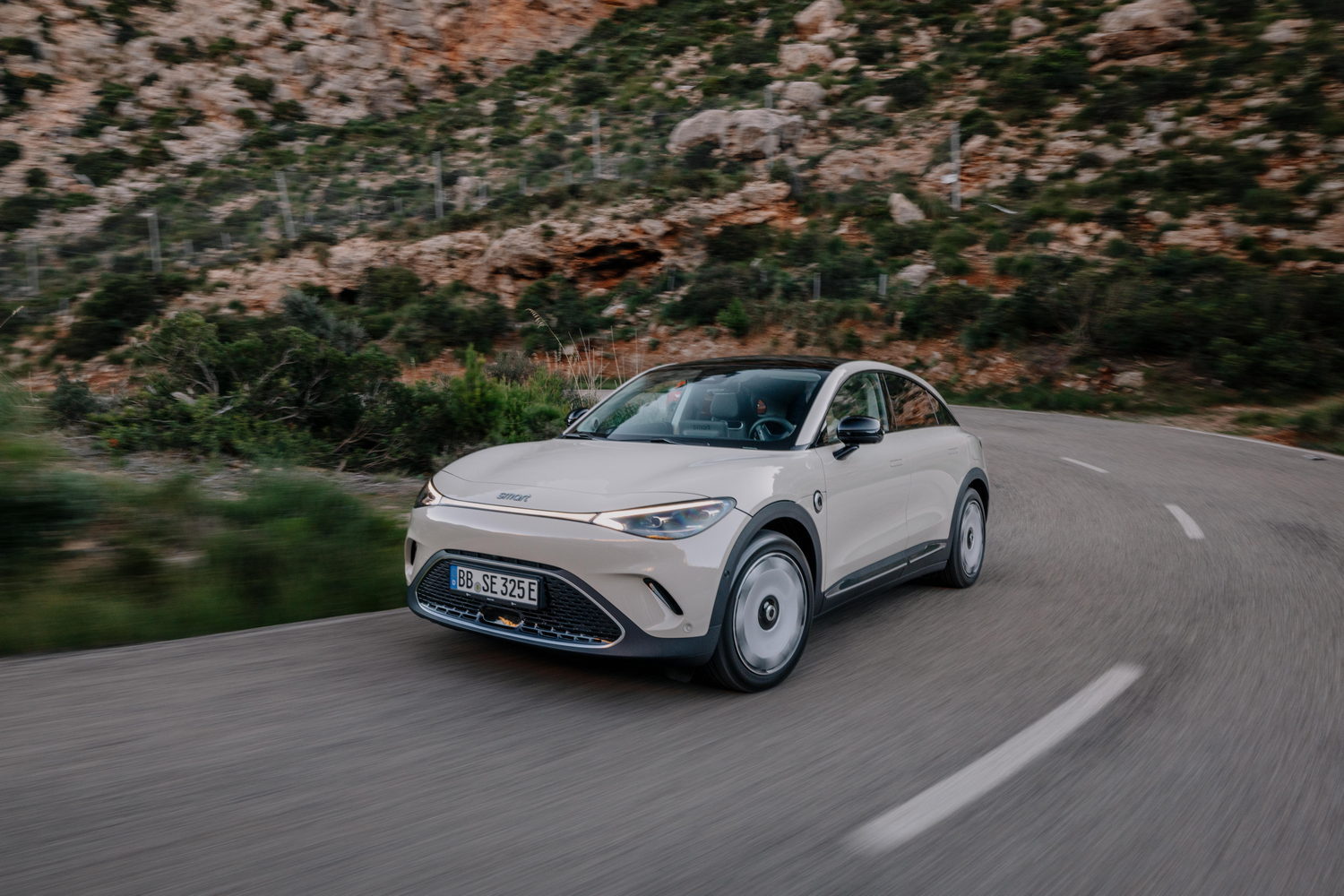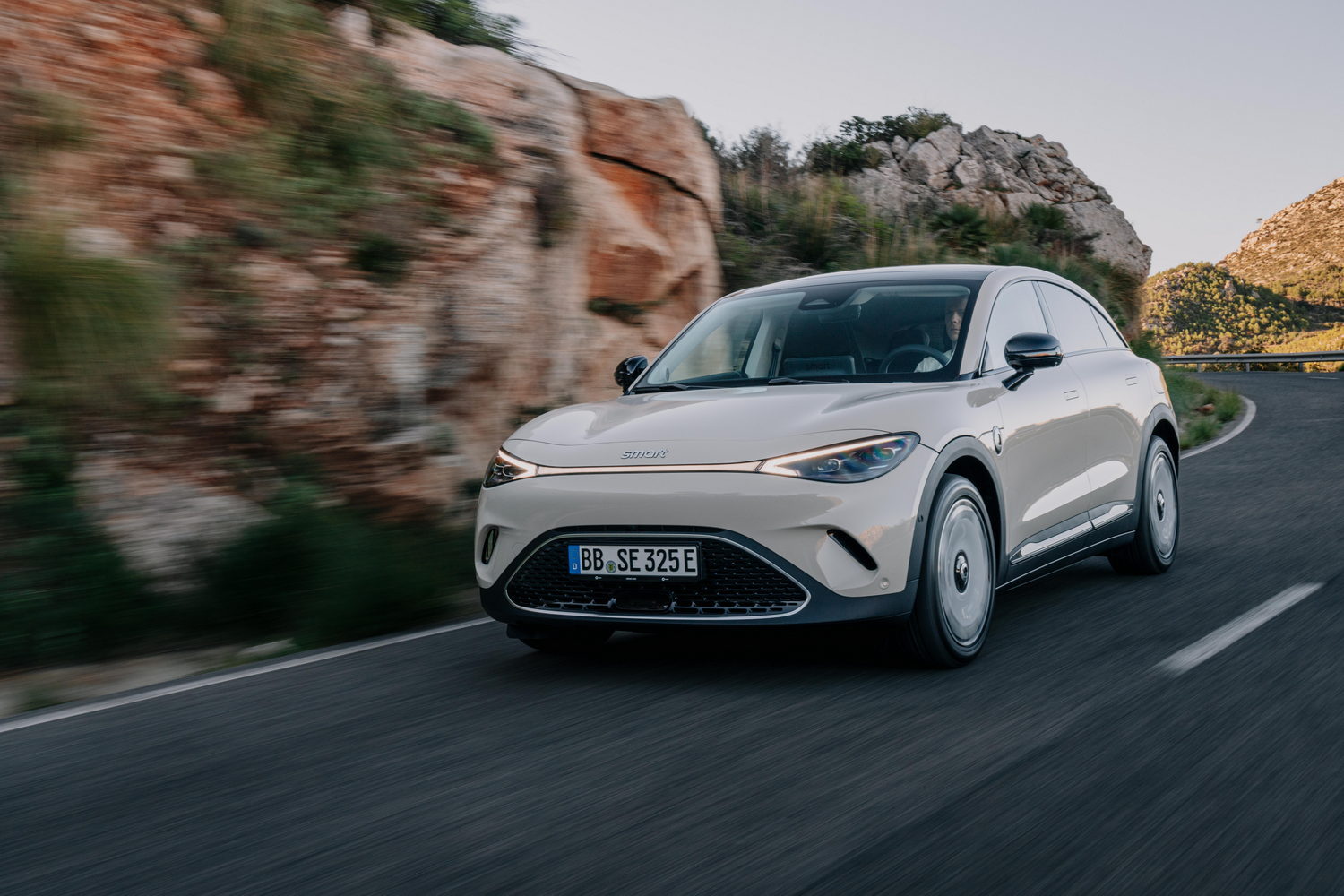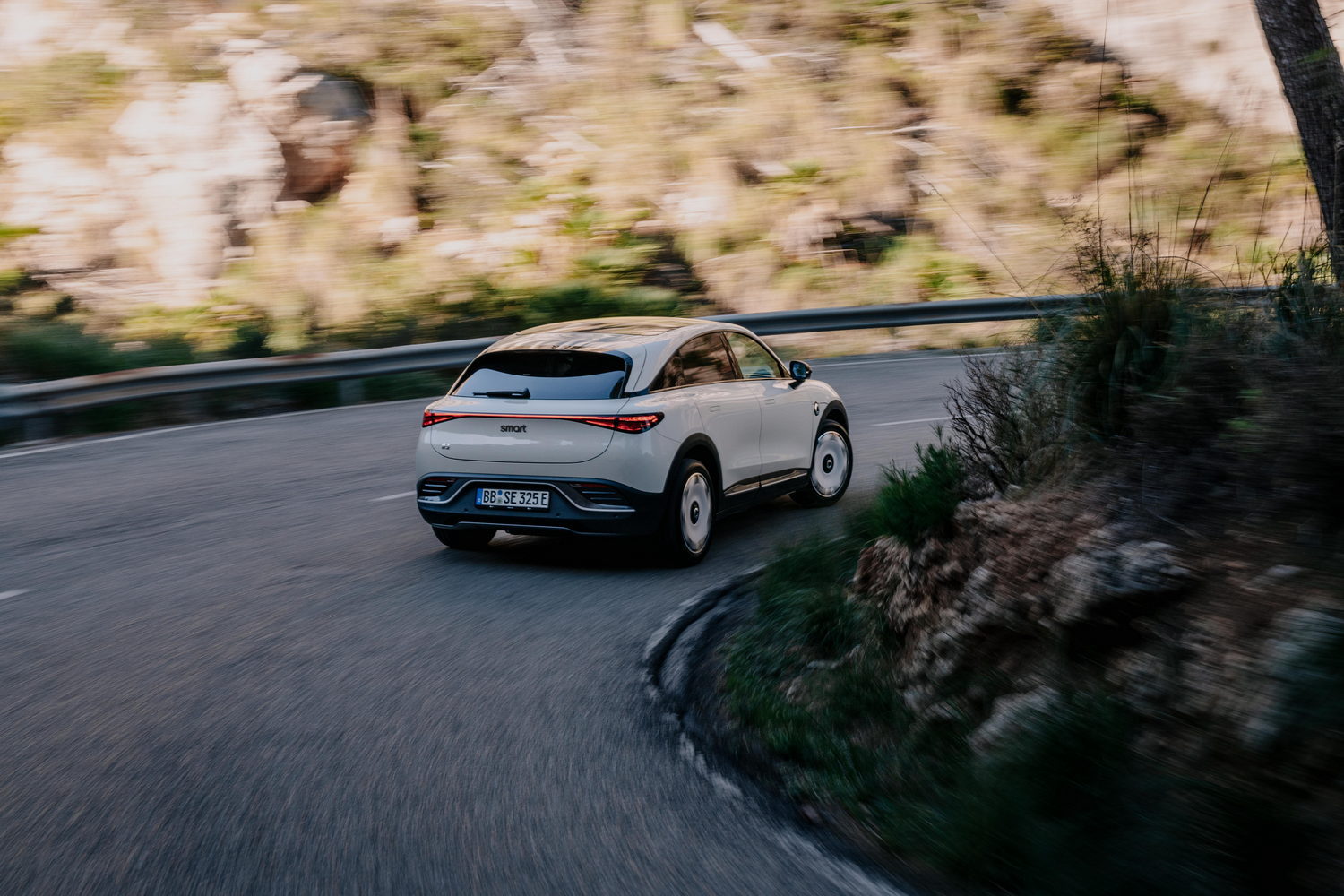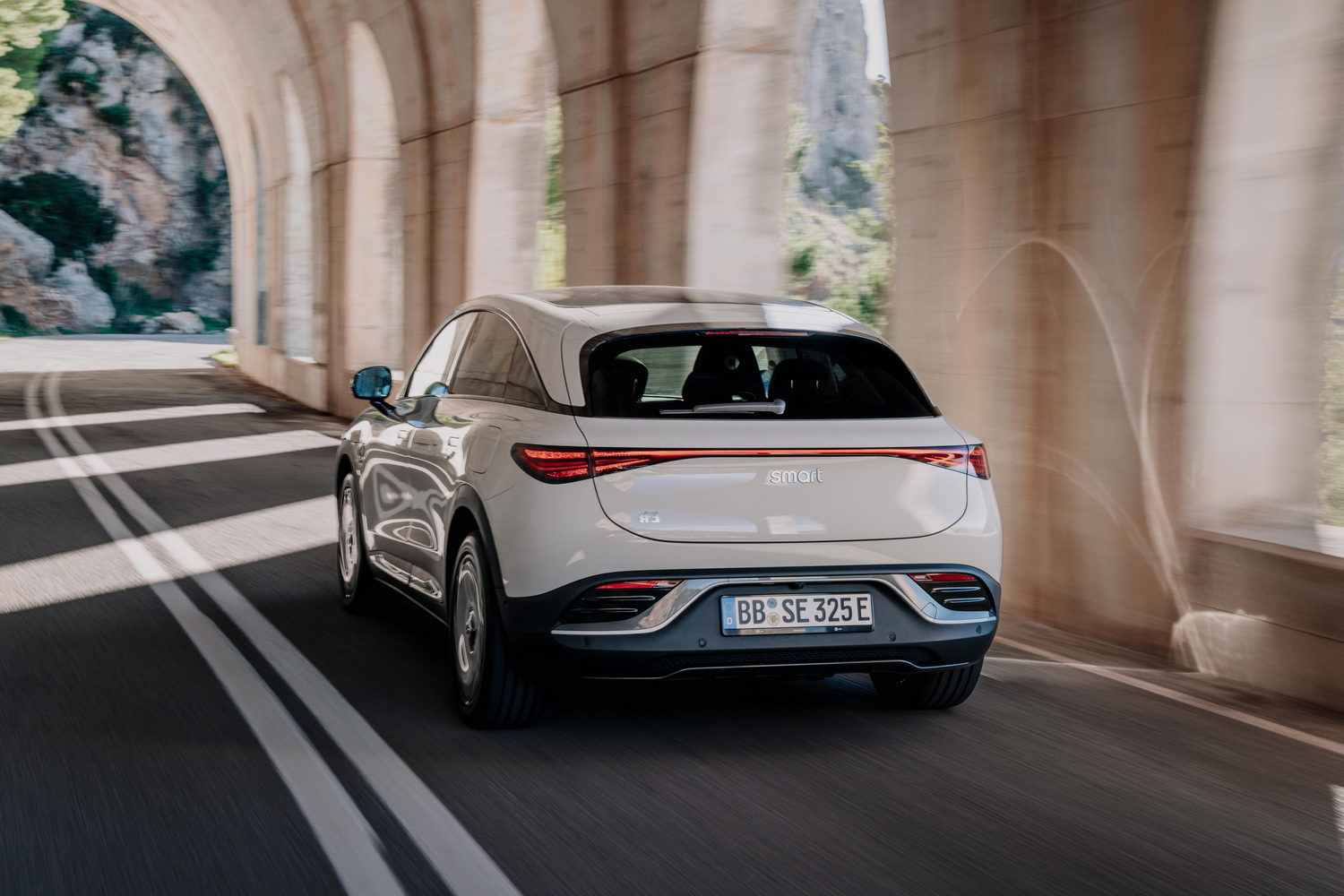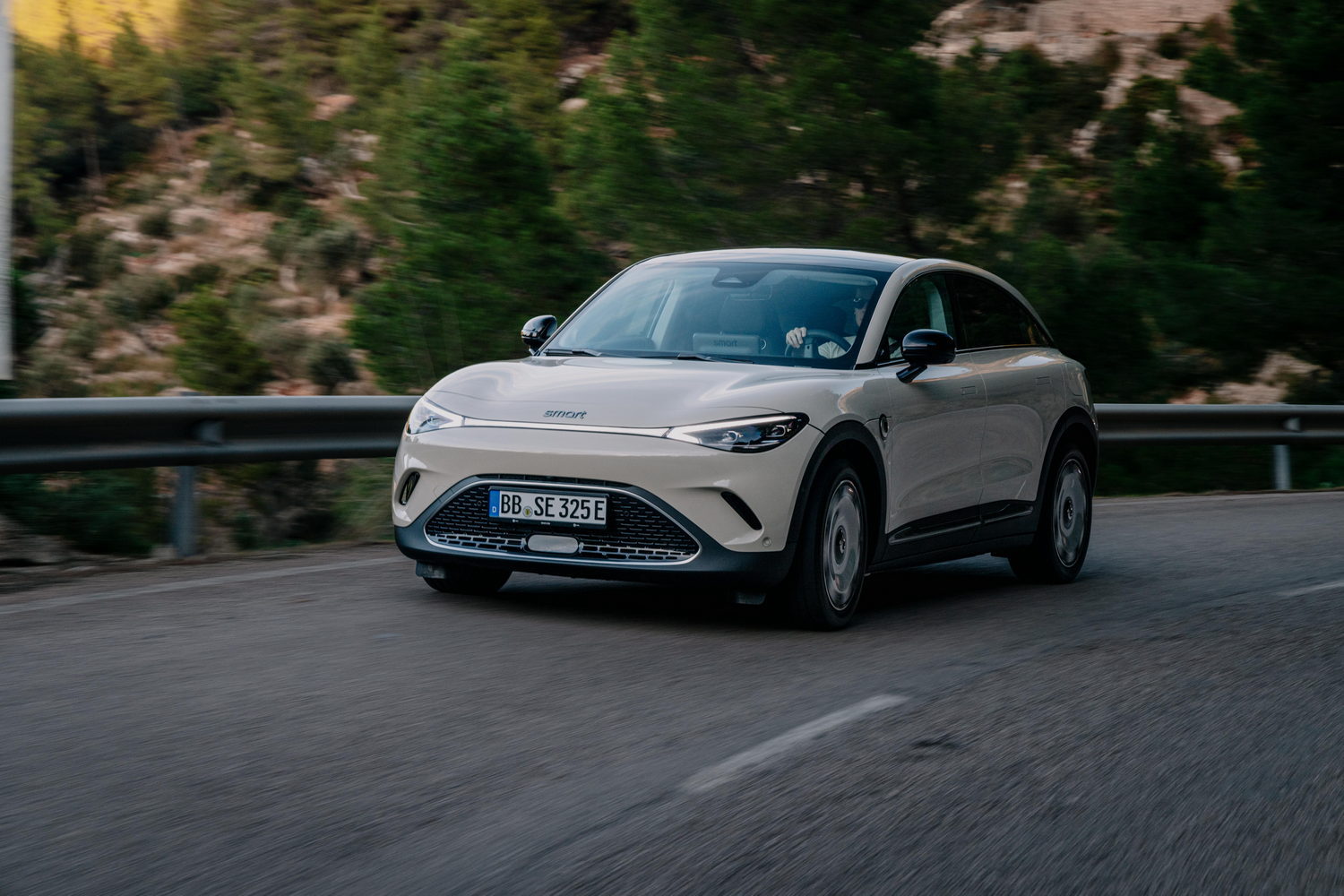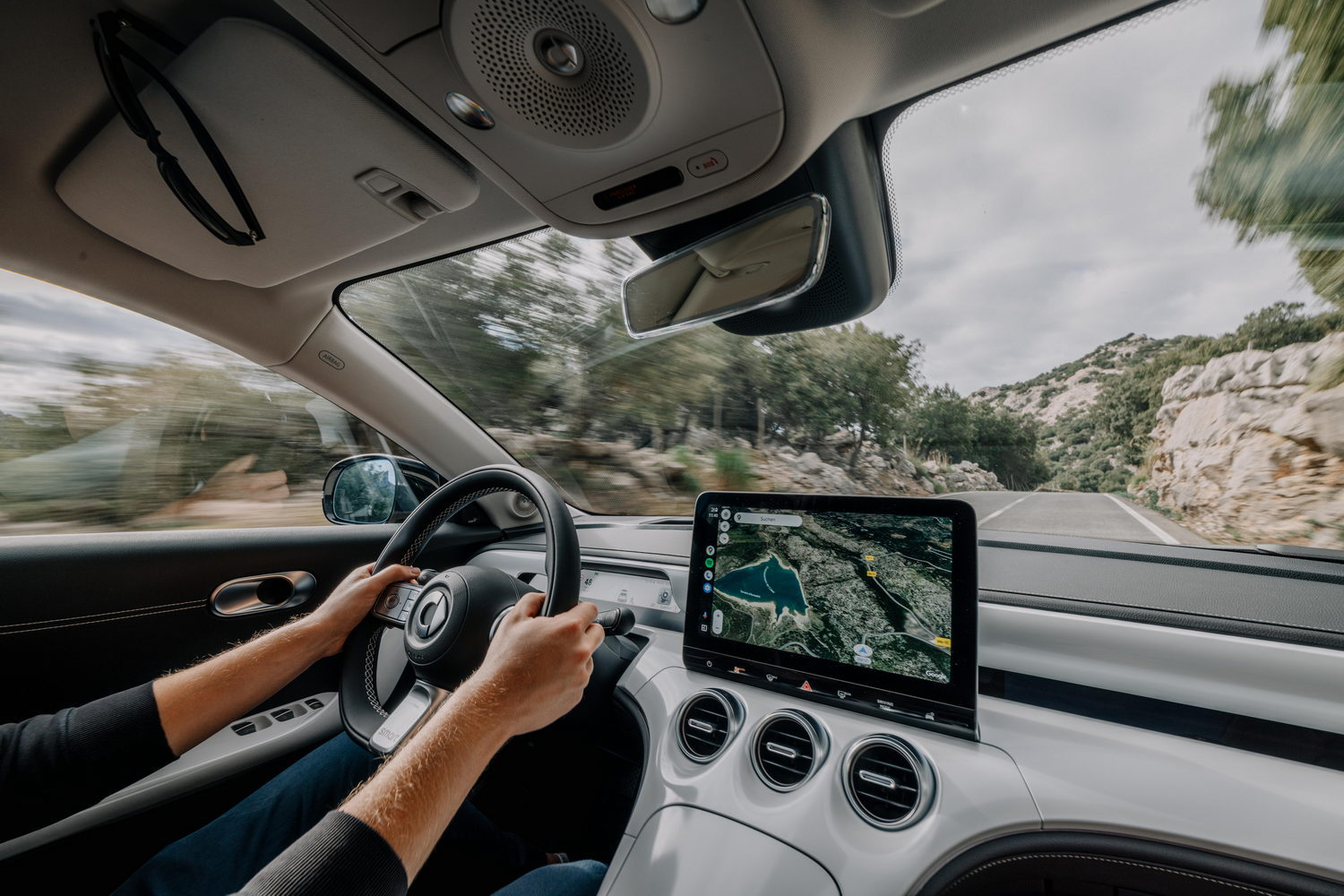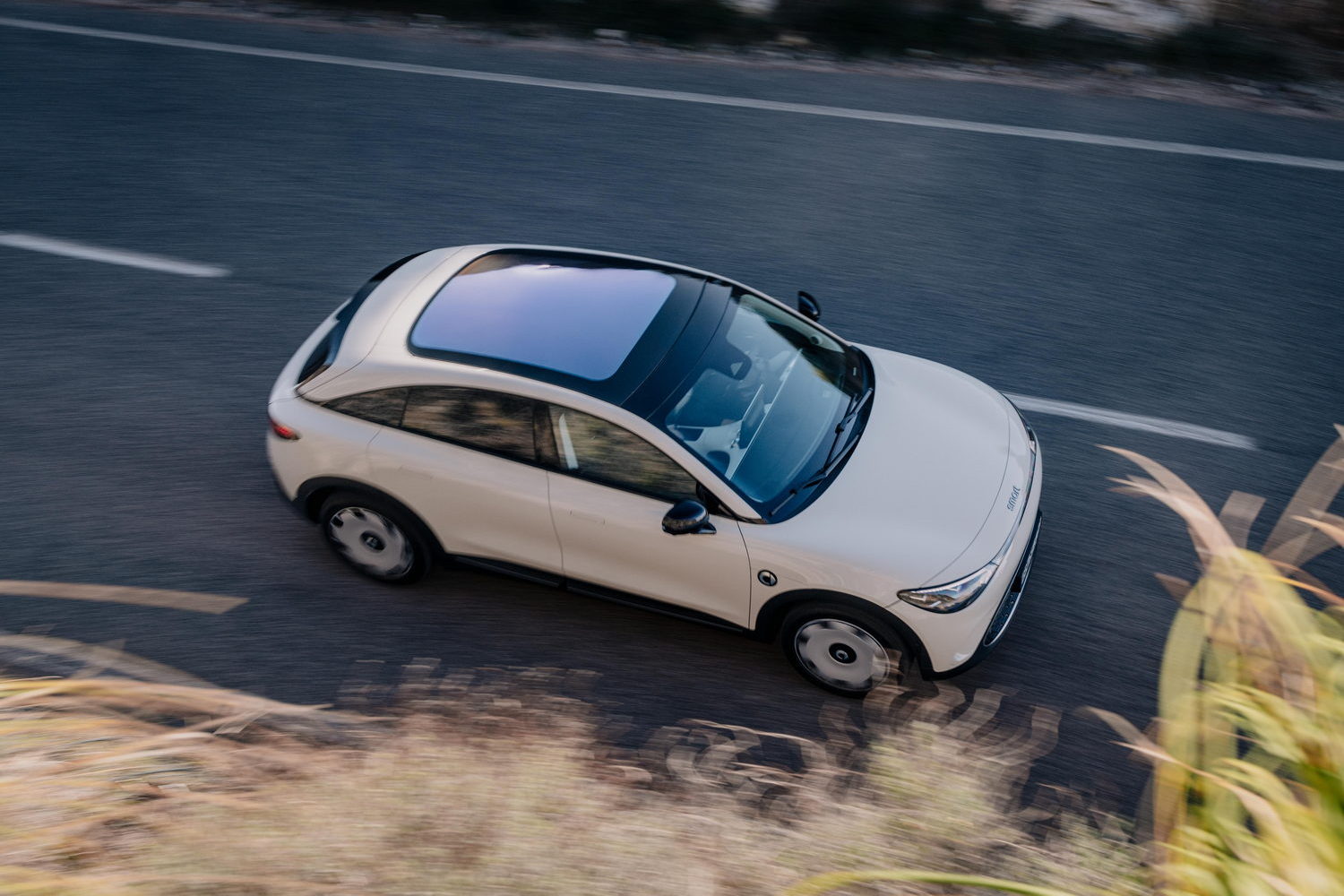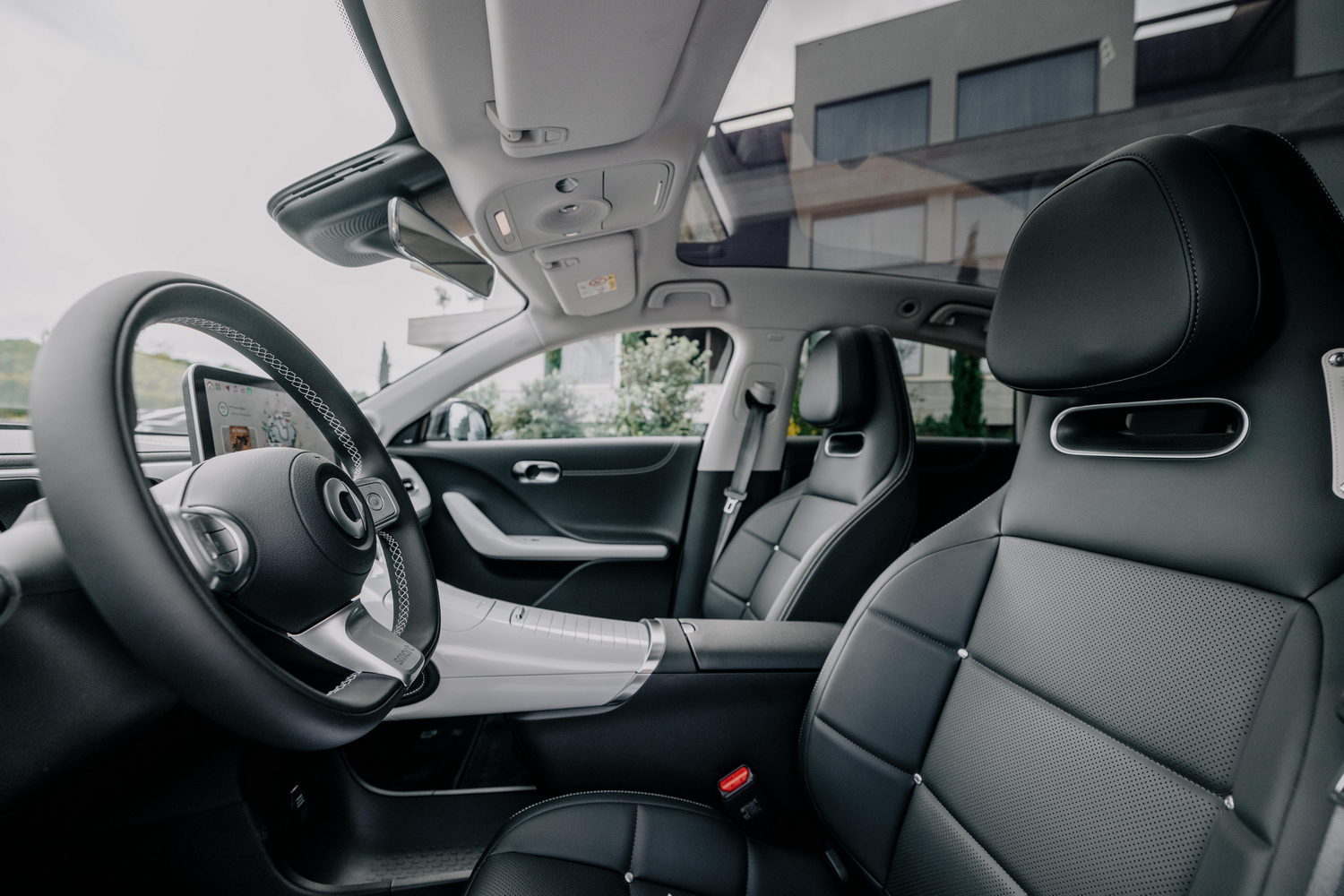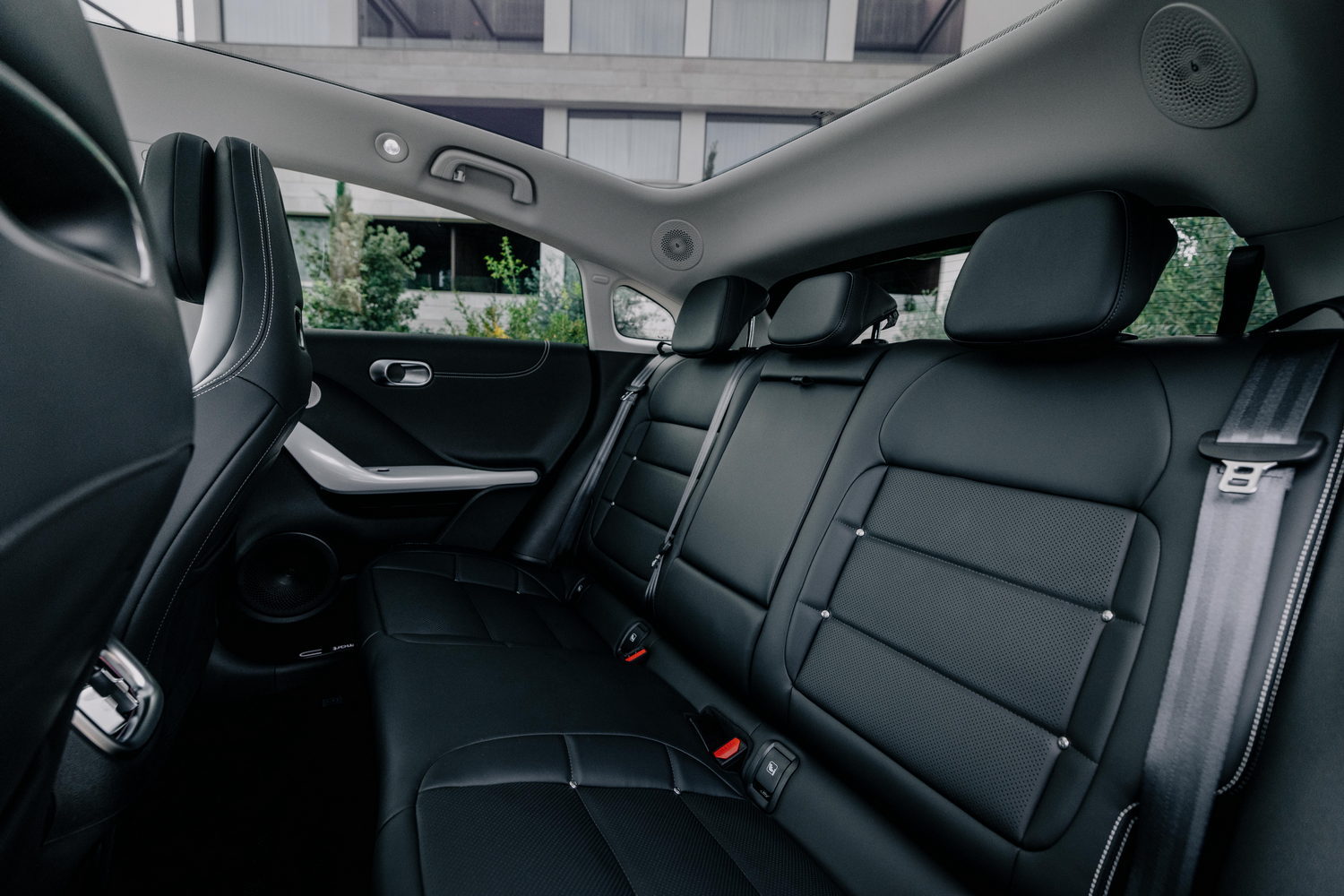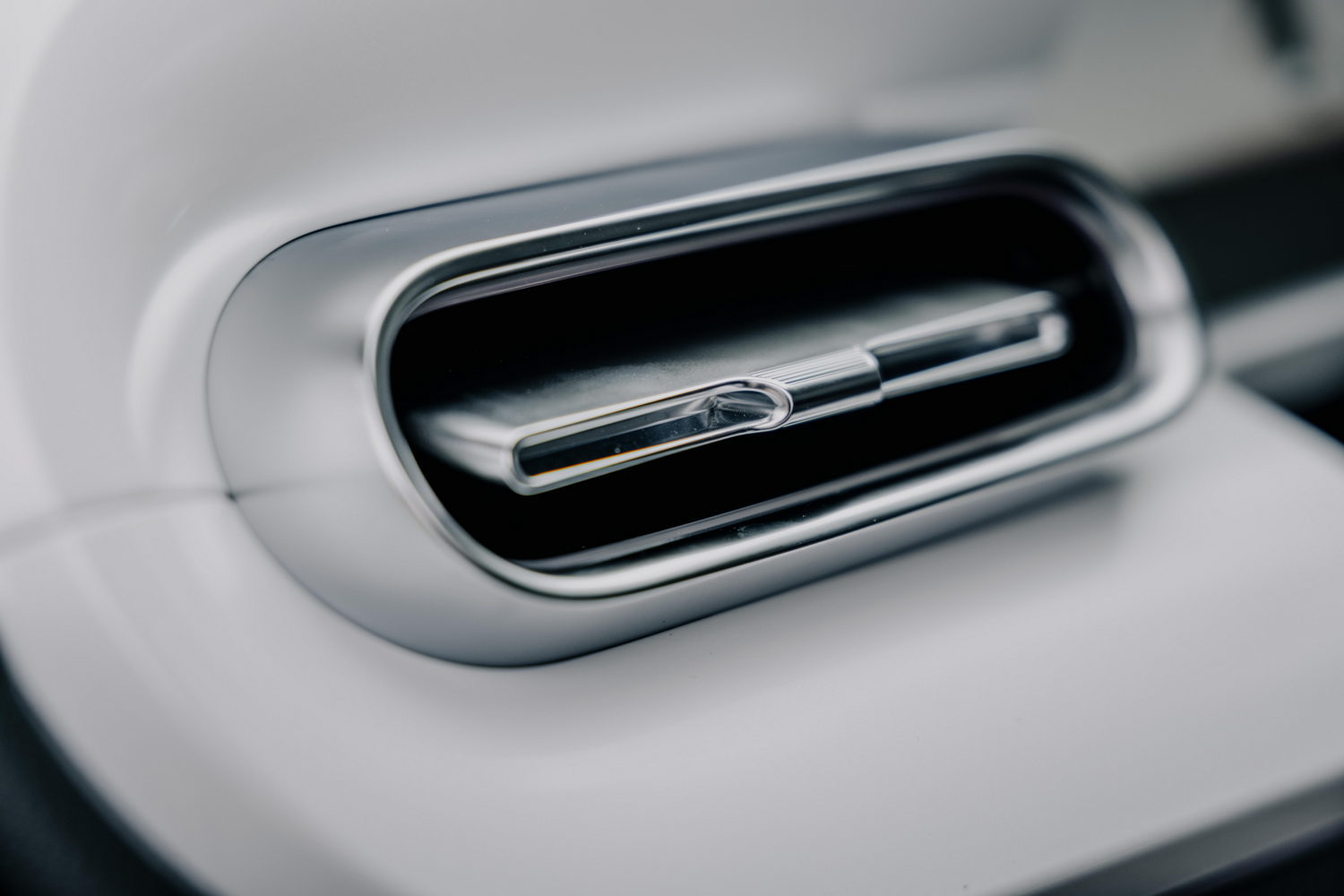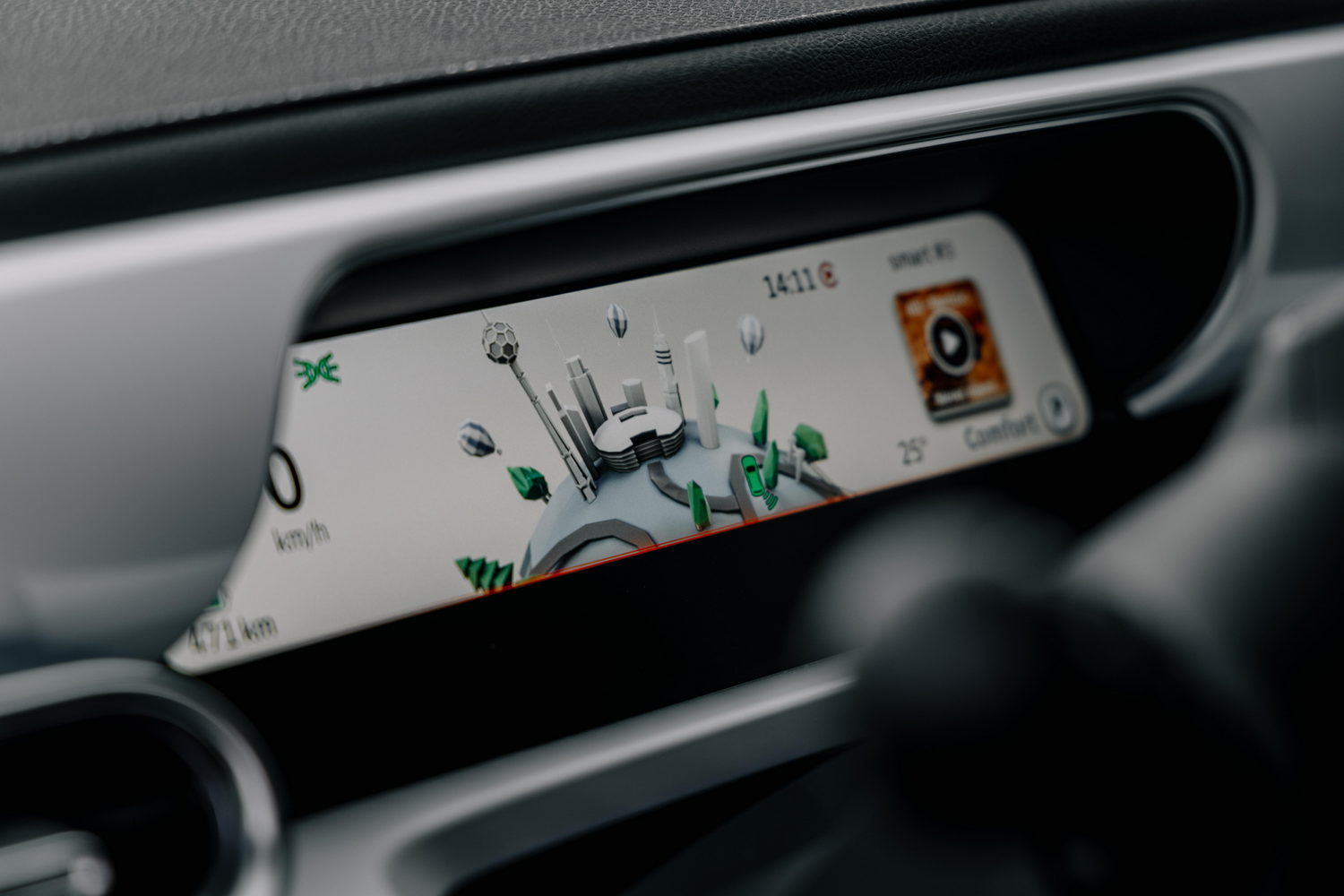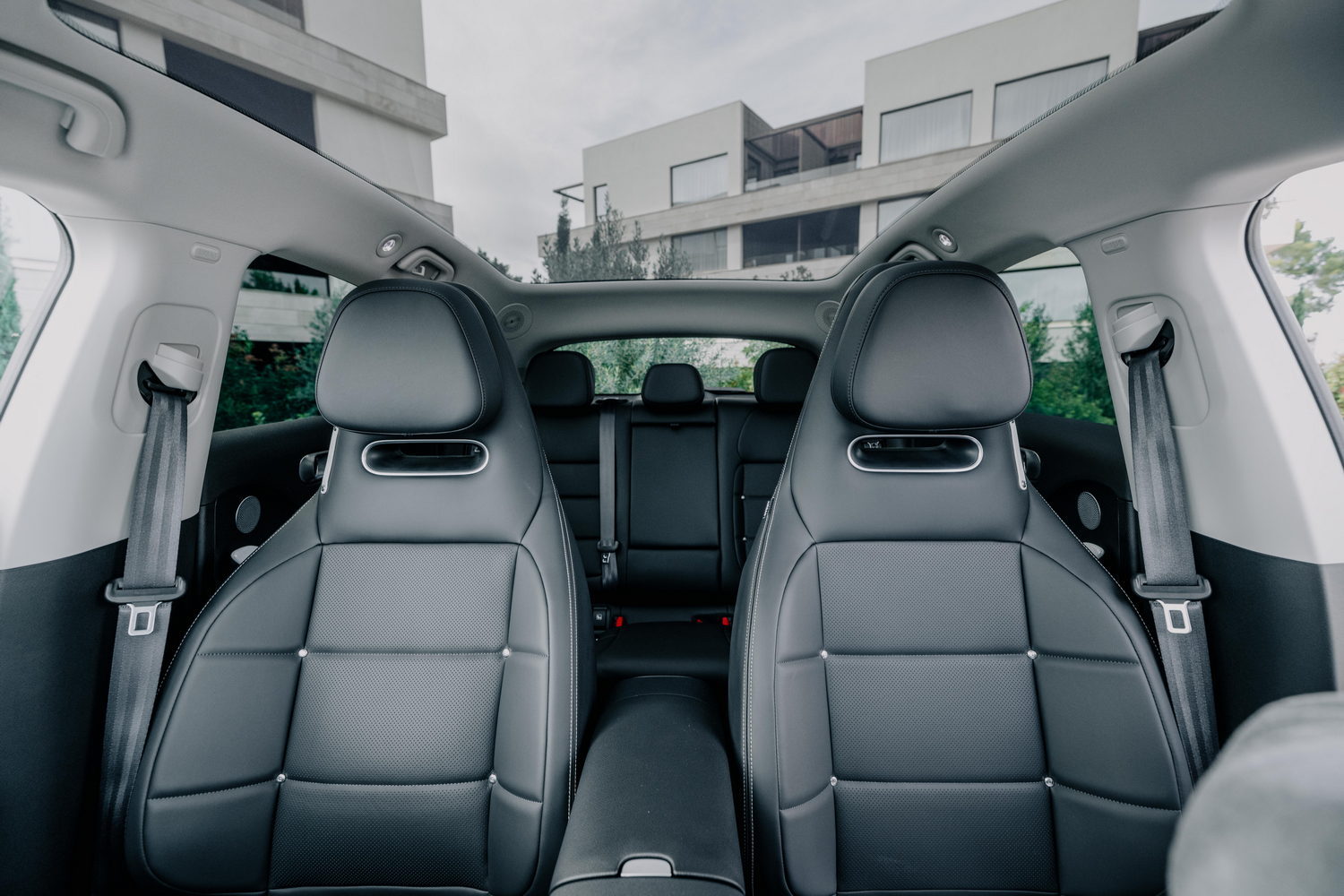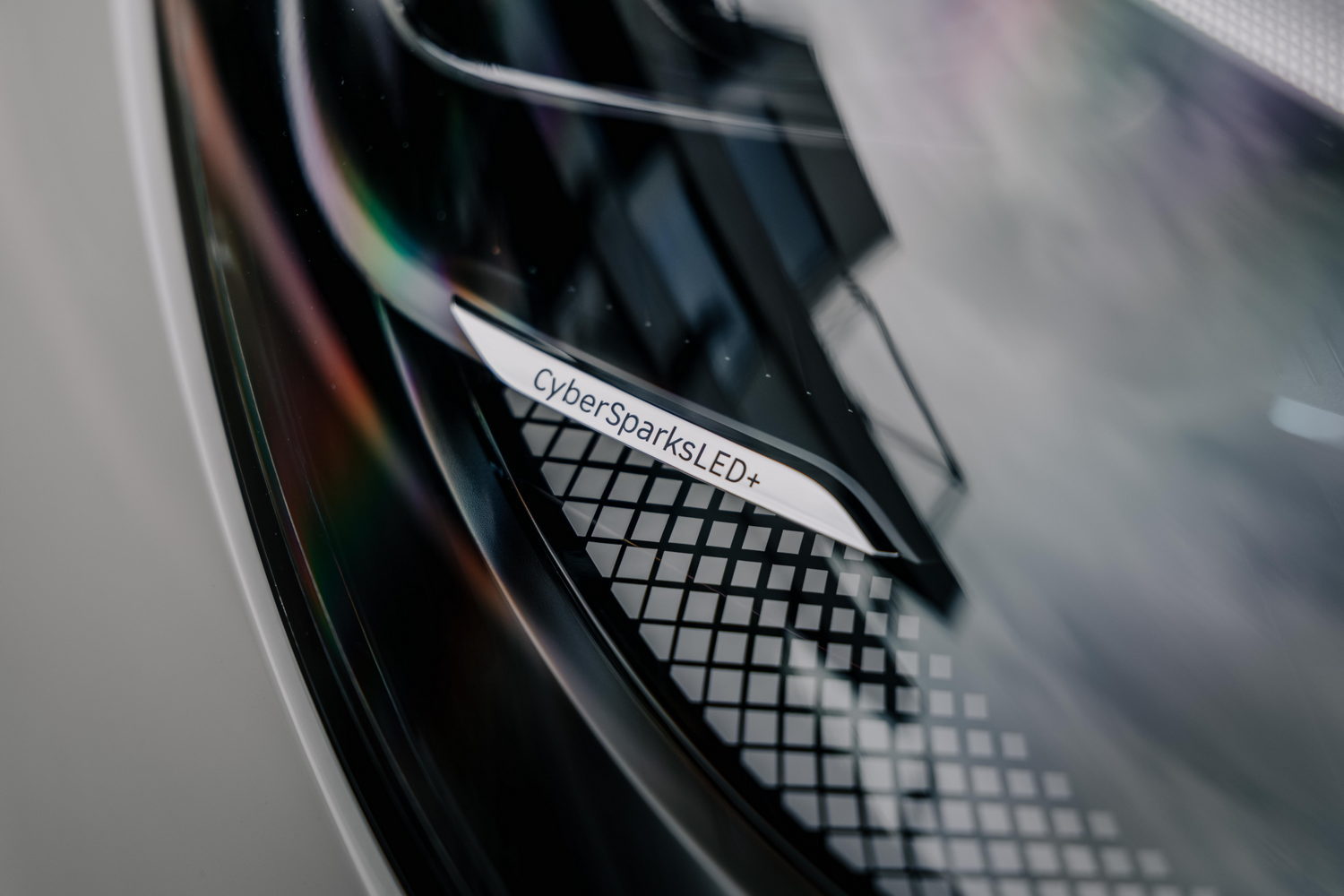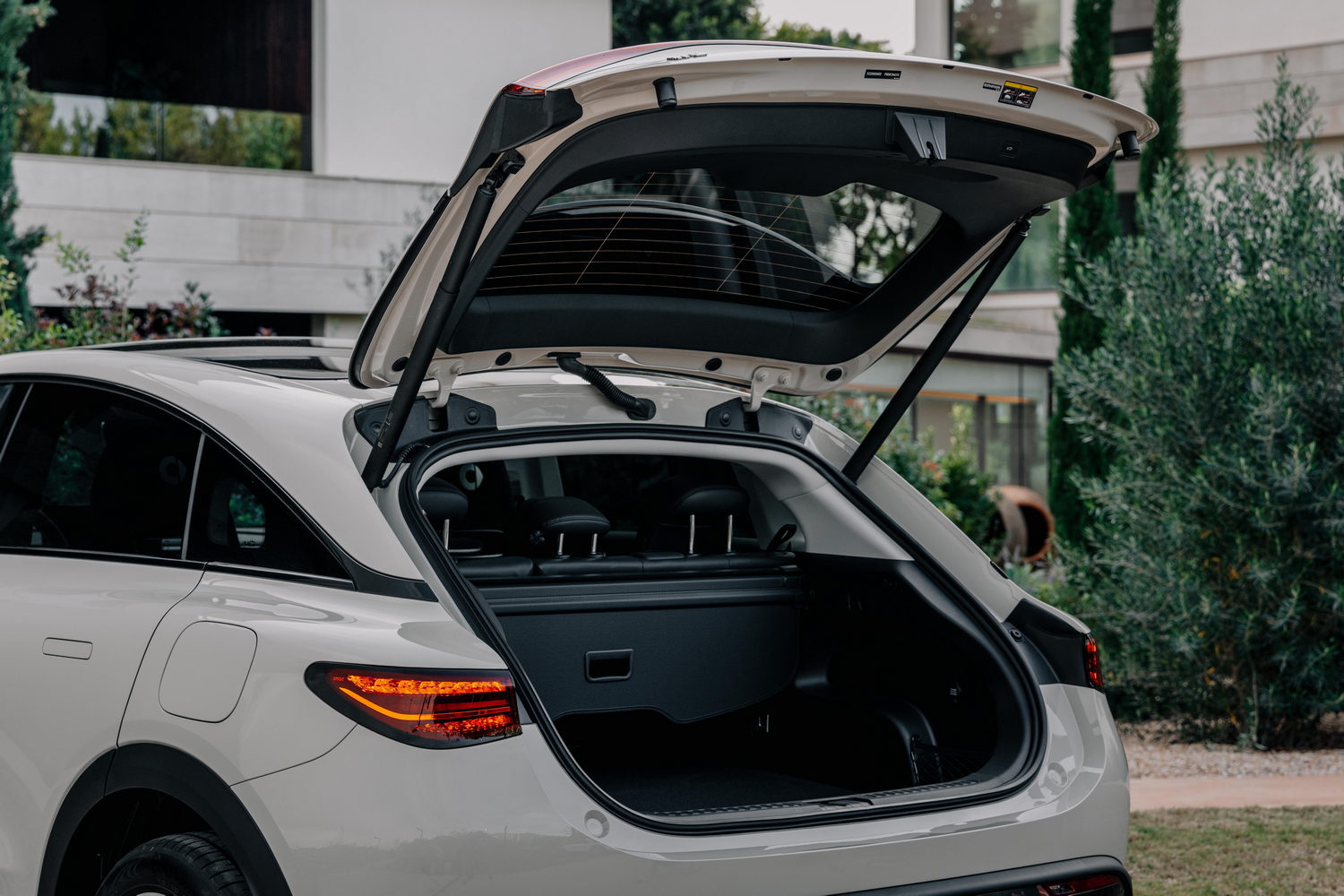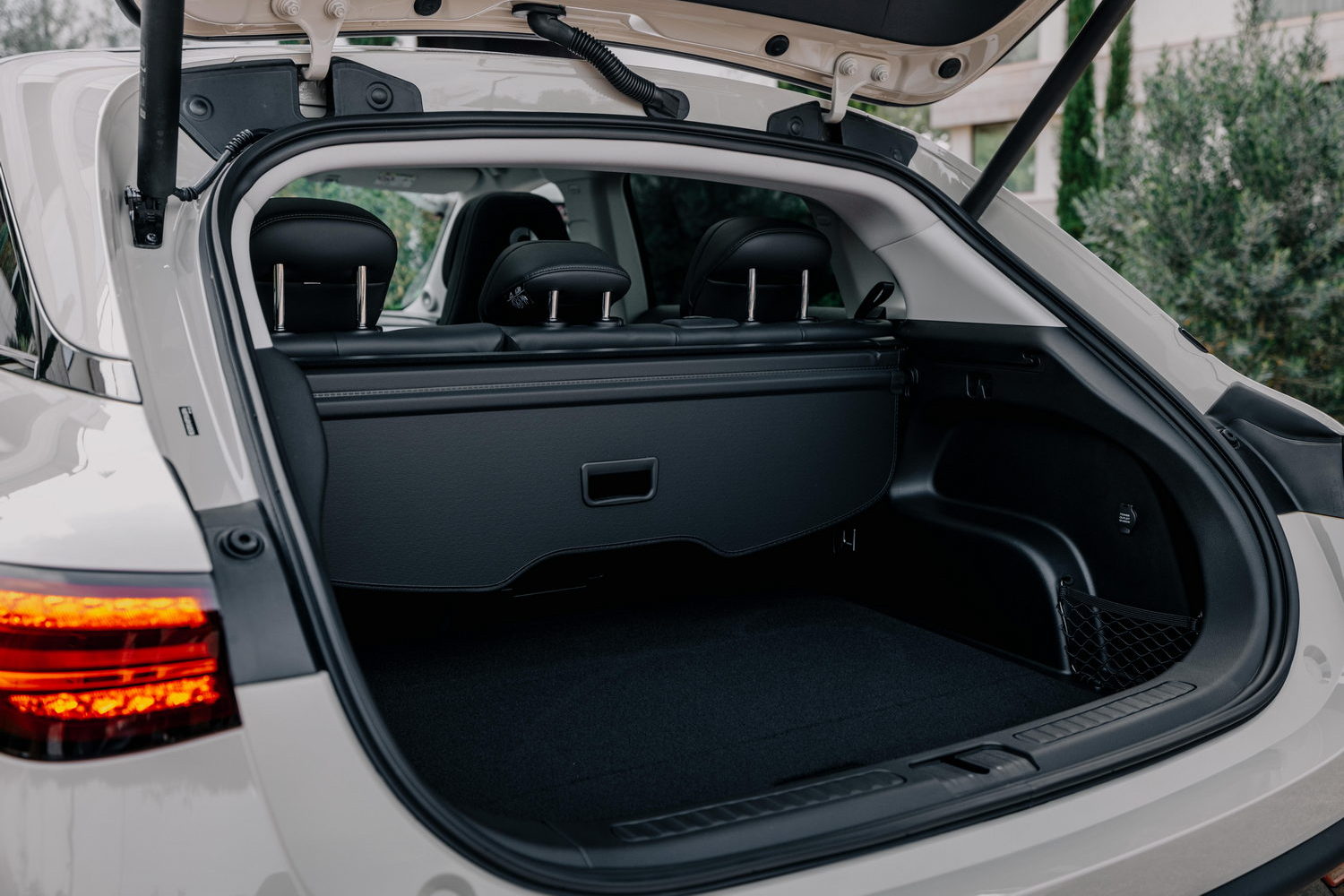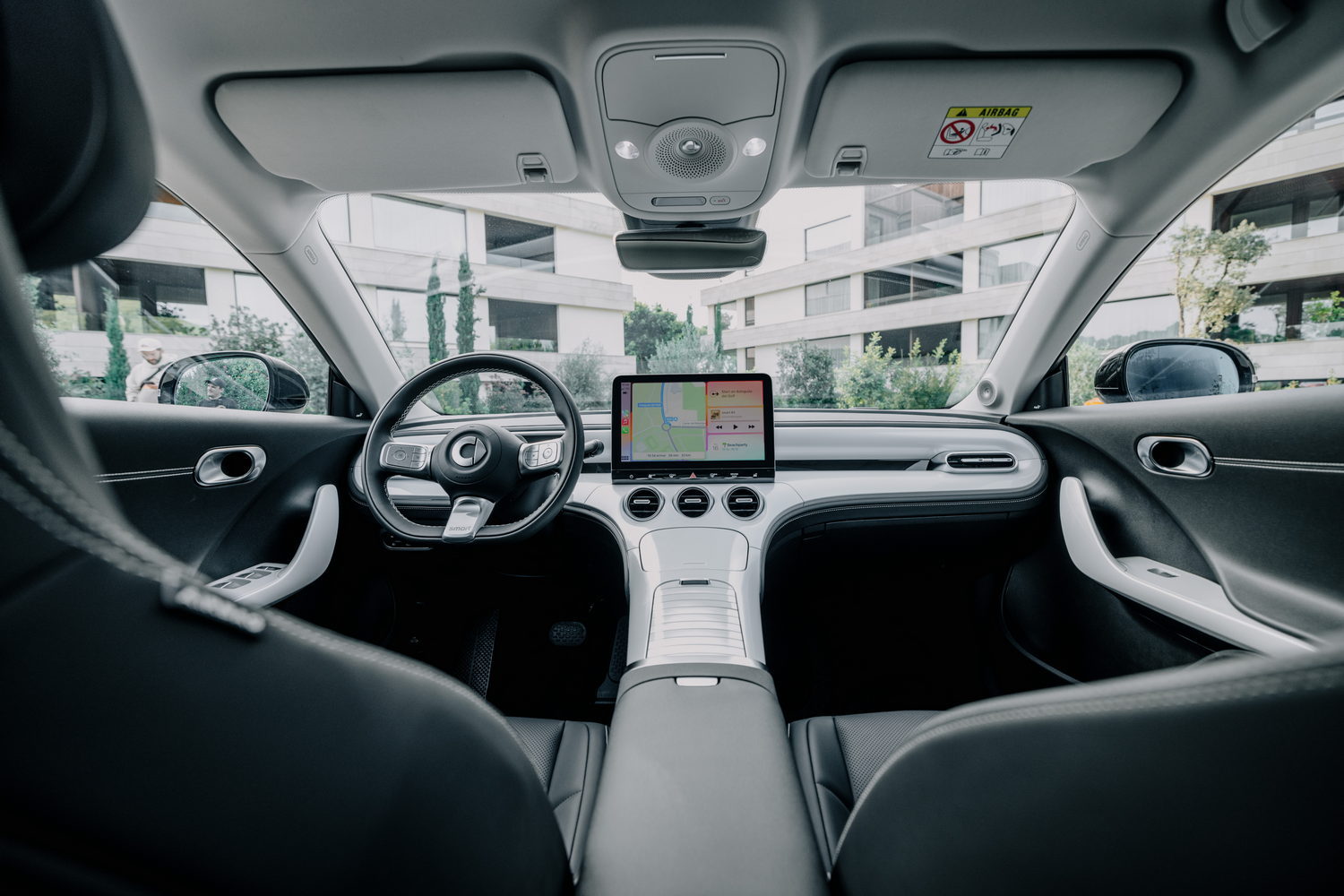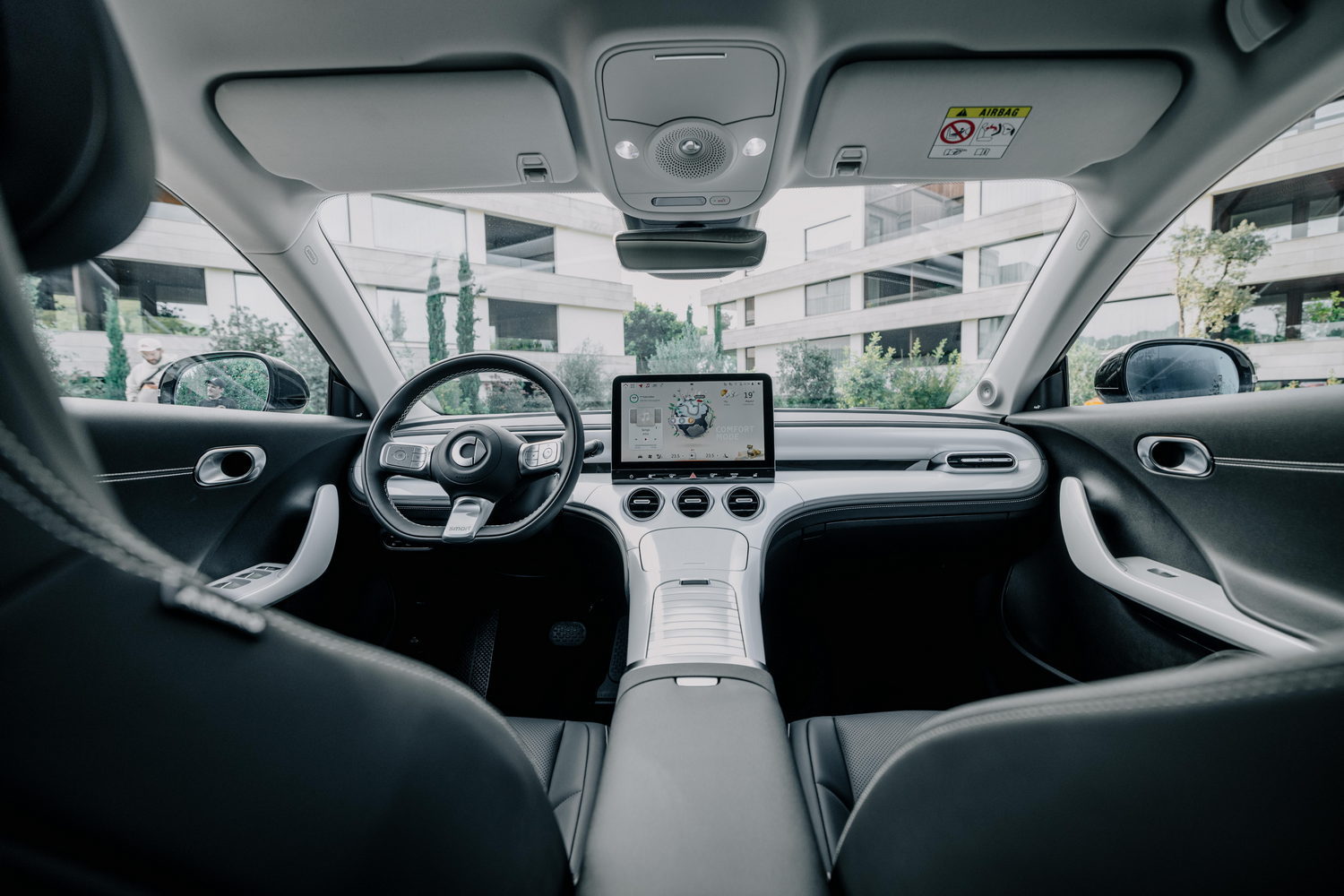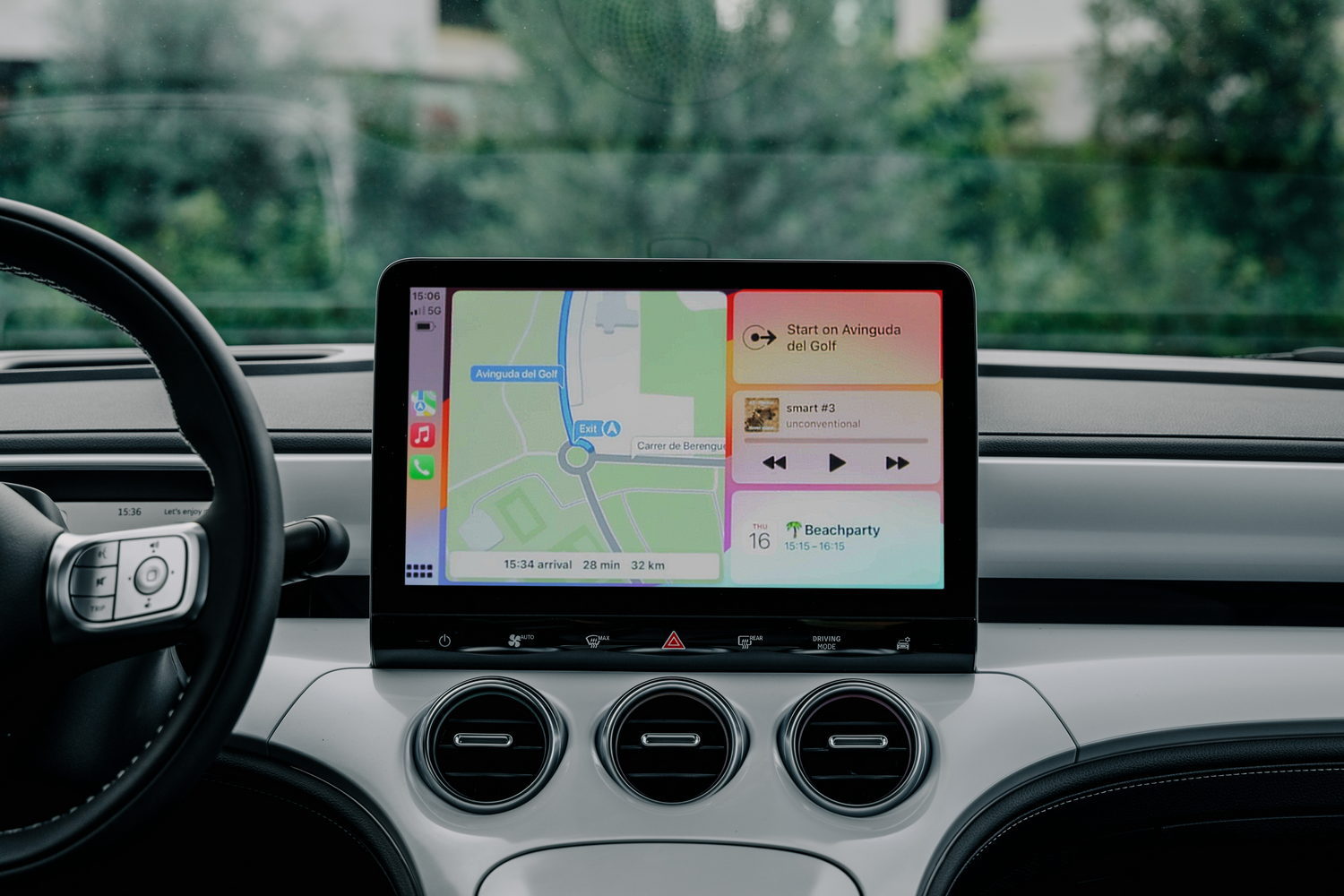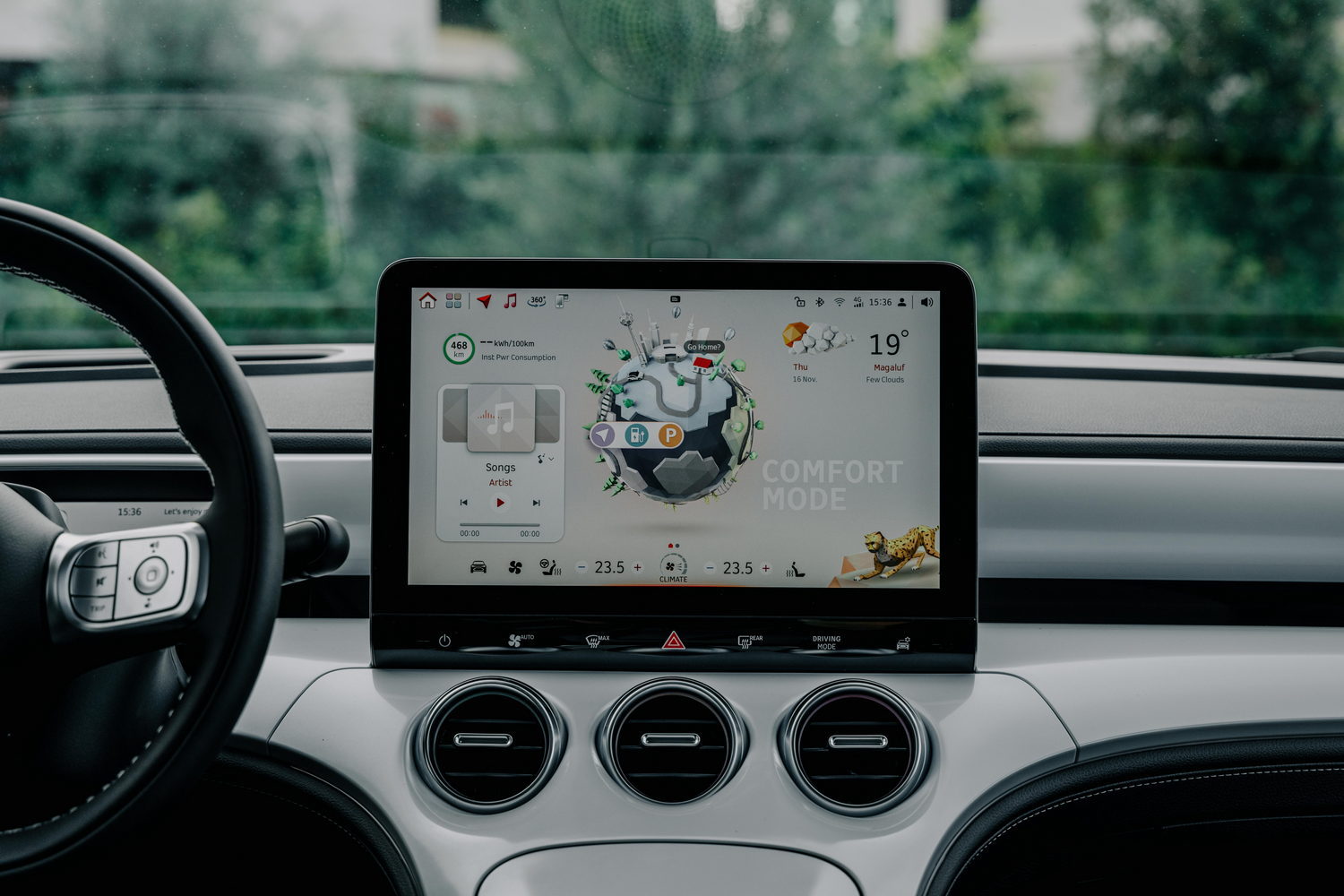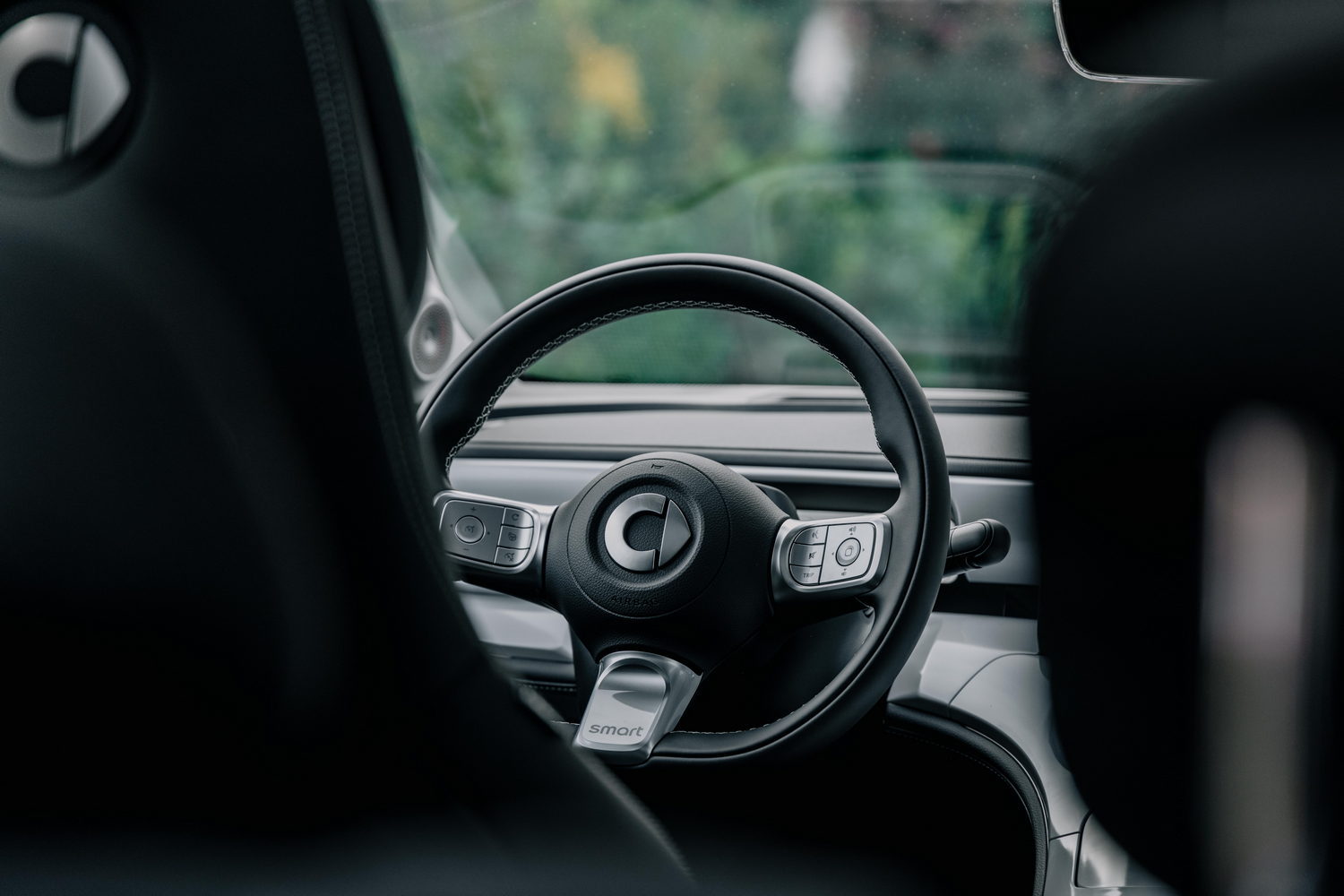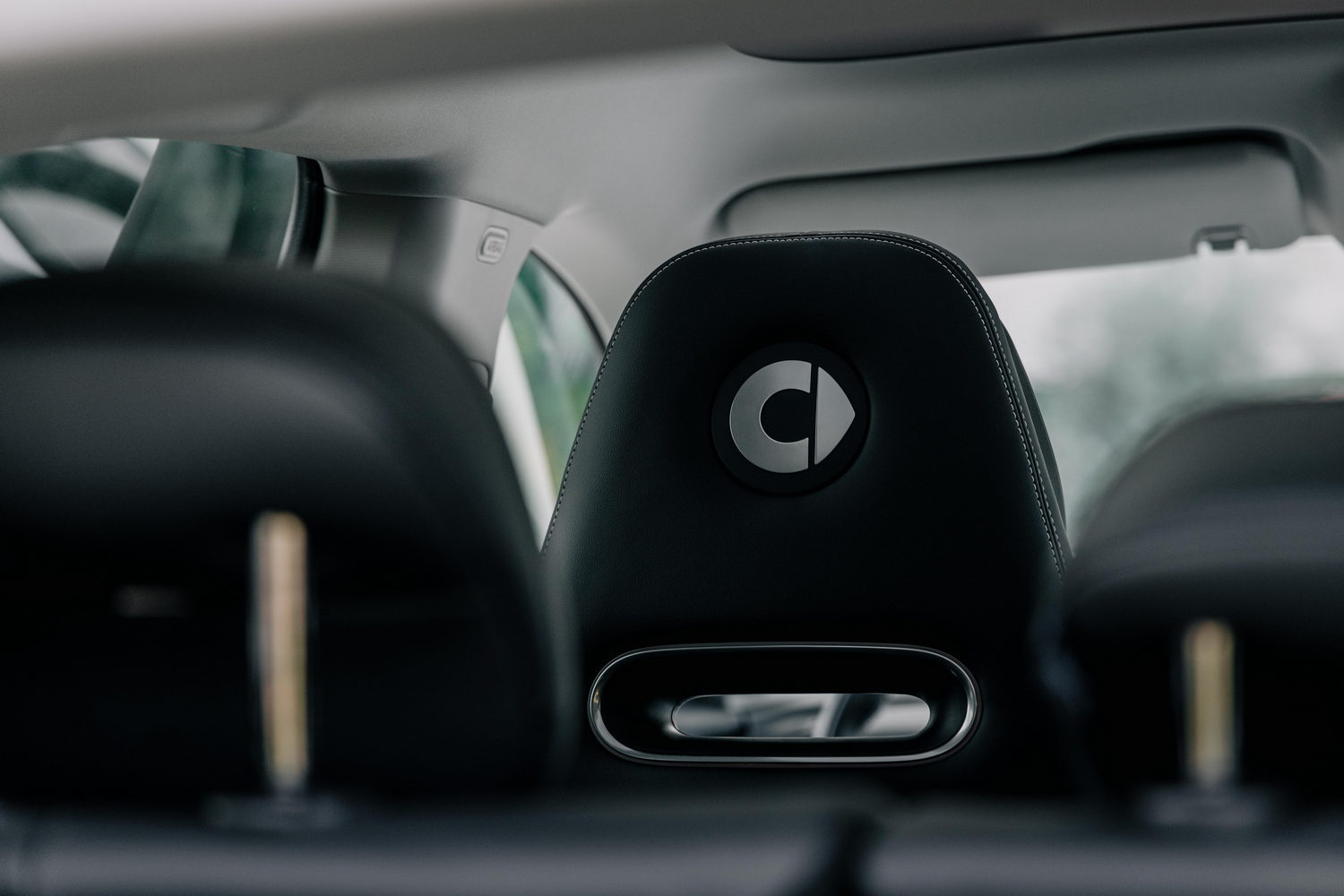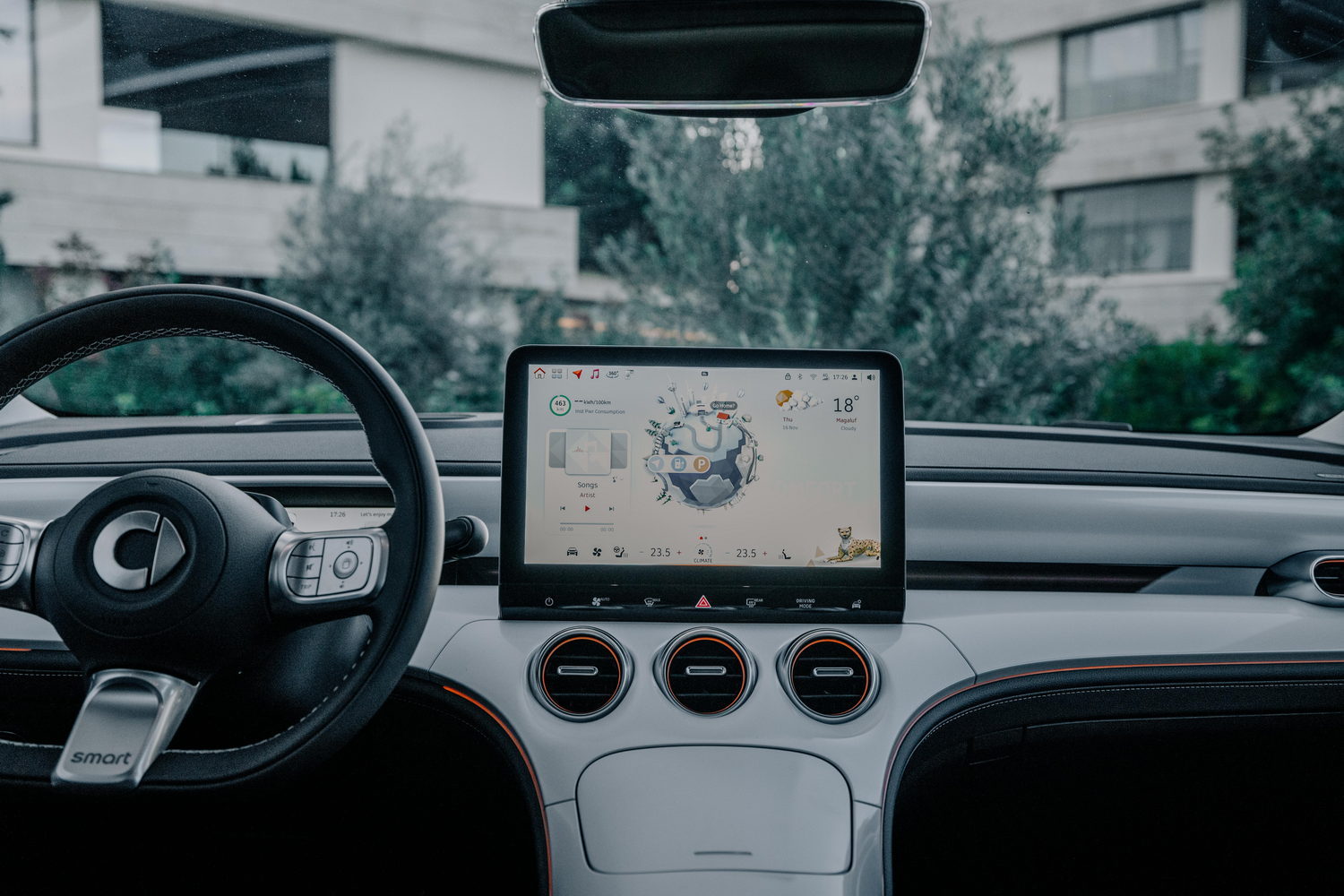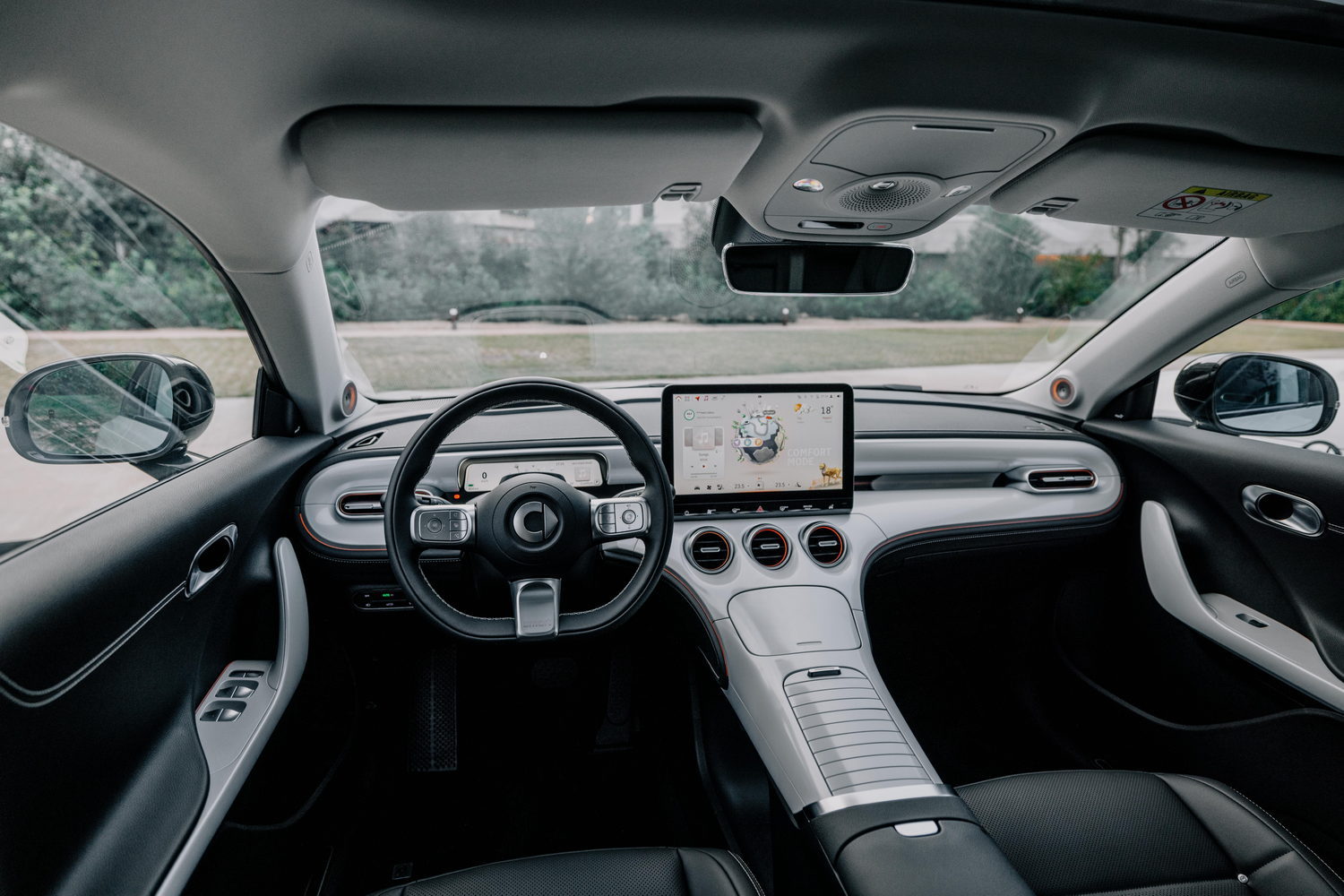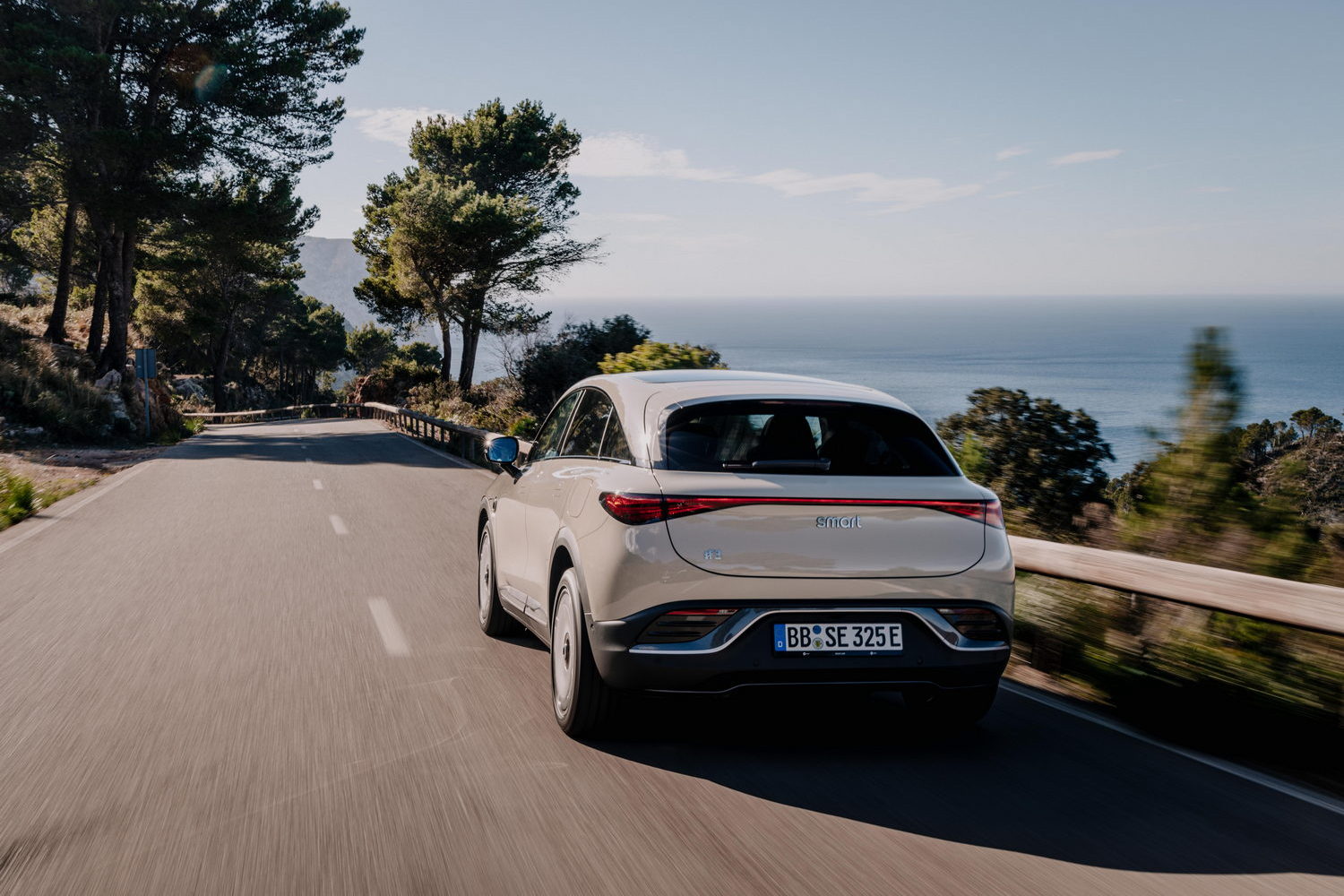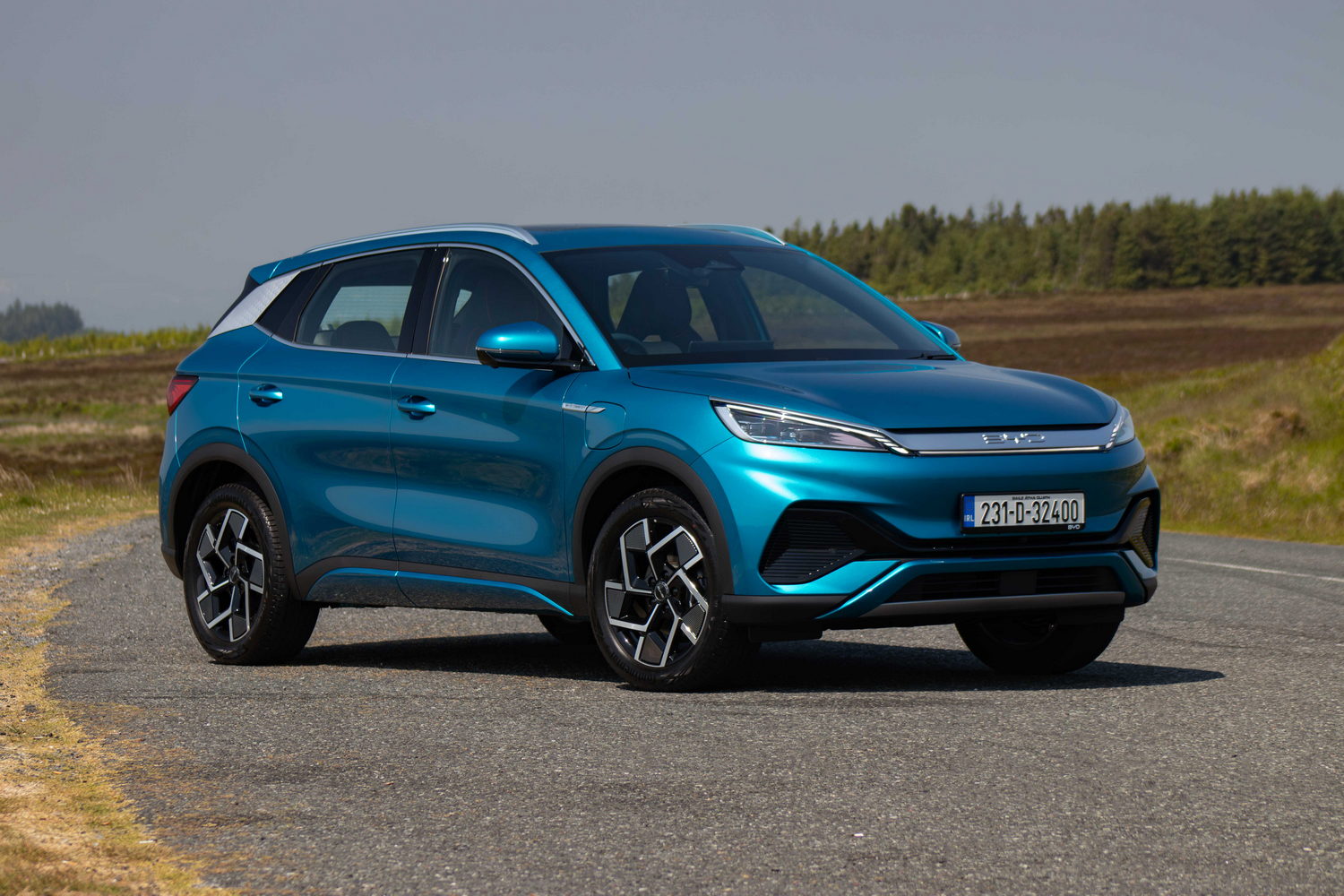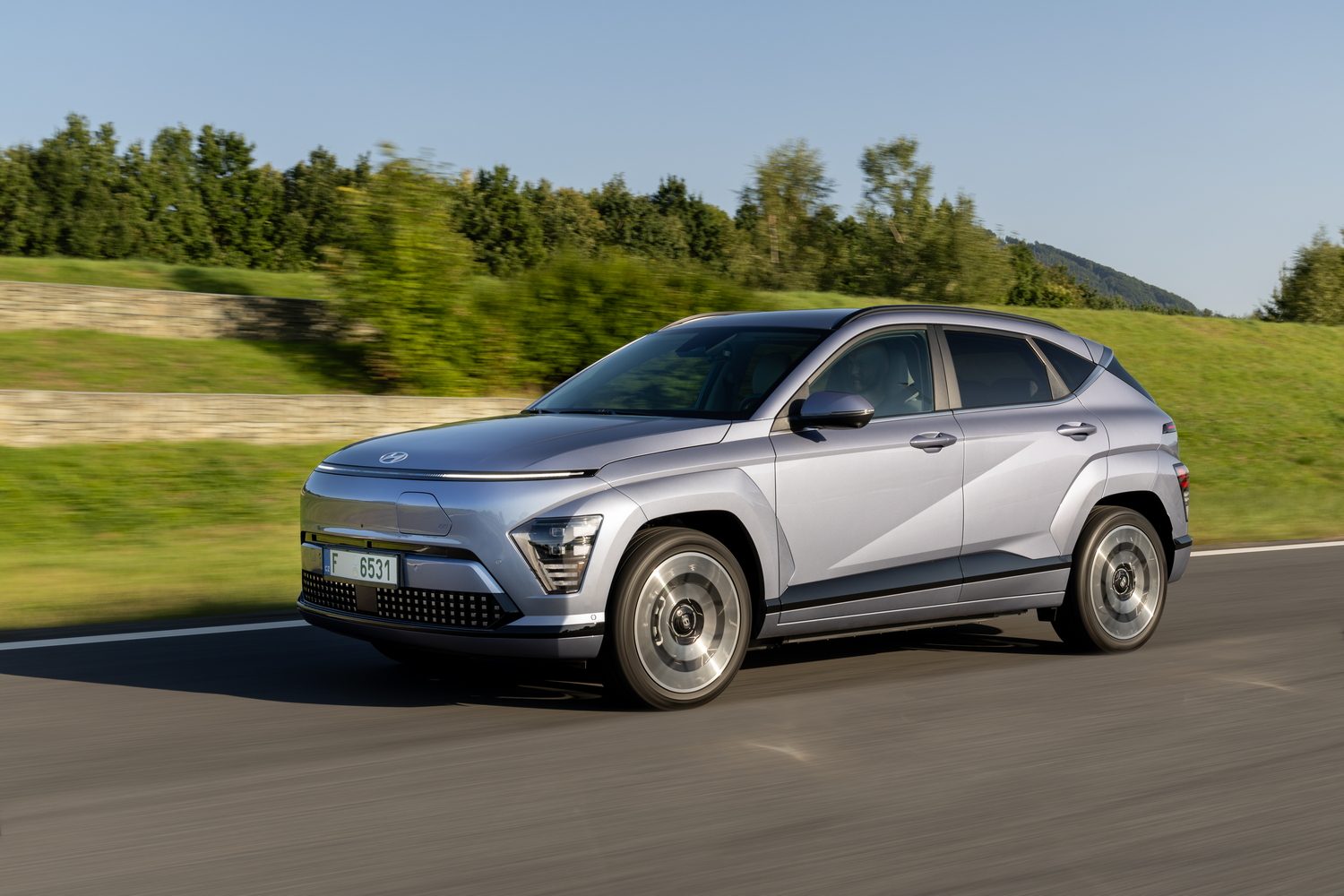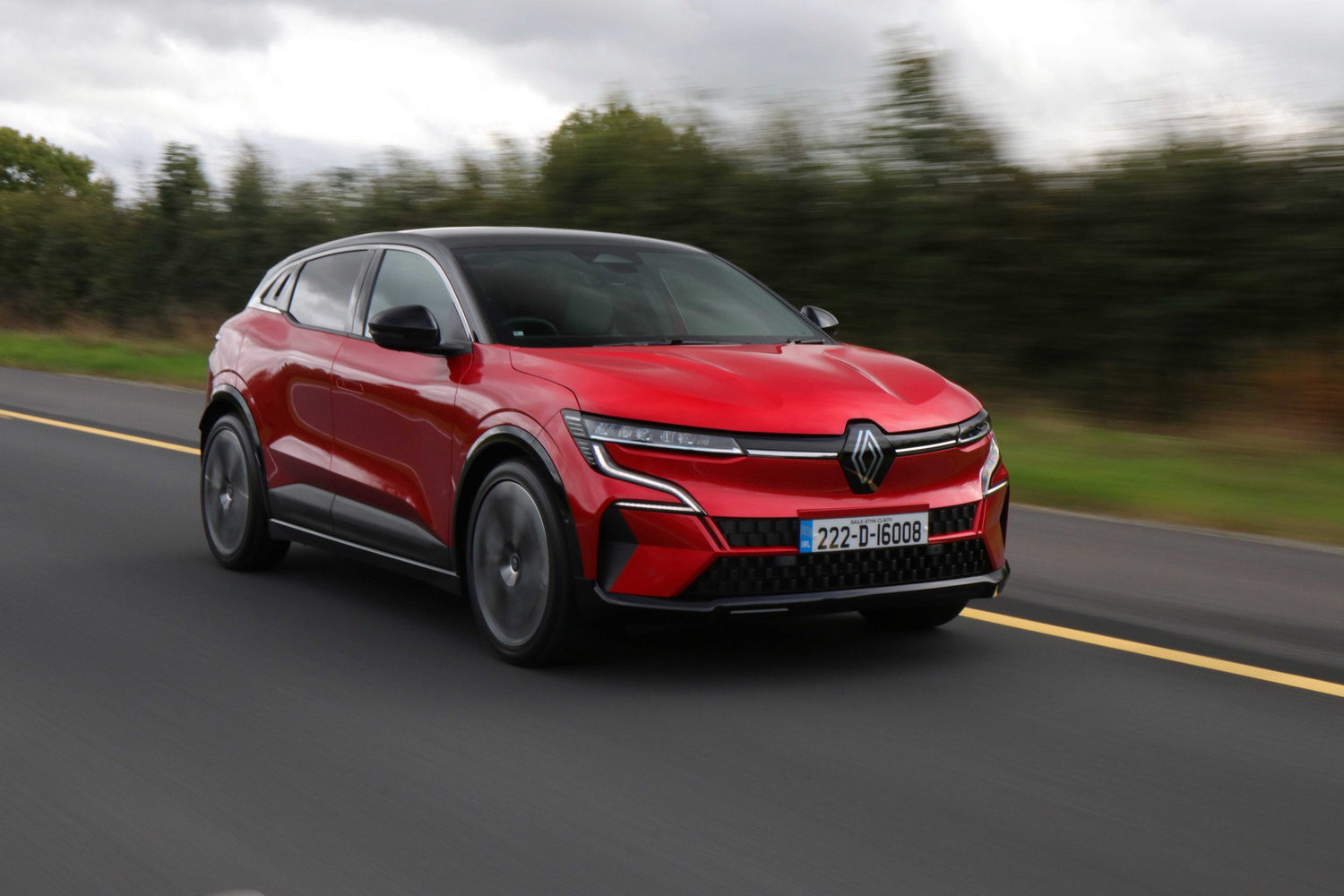Are you still thinking of Smarts as short, stumpy little two-seat city cars? Well, prepare to be somewhat shocked. The dinky little two-seat Smart ForTwo still exists, out there somewhere, but Smart insiders now admit that it's all-but impossible to build profitably. It costs the same to engineer the ForTwo as it does a Mercedes E-Class, apparently.
Unsurprisingly, then, Mercedes - custodian of Smart ever since original partner Swatch (yes, the watch company) pulled out of the project before the launch 25 years ago - has sought out new investment in the brand, and a new partner.
That new partner is Chinese car maker Geely, also now the owner of marques as diverse as Volvo, Polestar, London Taxi and Lotus. Smart is now a joint venture between Geely and Mercedes, with design and engineering taking place in Stuttgart, Shanghai, California and Nice but all the cars will be made in China.
And they're not two-seaters anymore. Smart will relaunch in Ireland with two models, the #1 (a compact, but chunky, crossover with good cabin space) and this lower, sleeker, coupe-crossover called the #3. These are much bigger vehicles than anything Smart has made in the past, but chief designer Dieter Rohkohl insists that they're still true-blue Smarts because "They offer the greatest amount of interior volume for a given size."
In the metal
Style-wise, the Smart #3 looks a bit generic at first. There are hints of BYD and Cupra in the front and rear styling, but the dramatic sweep of the roof, and the way it comes down to meet the back doors adds a bit of character, and it's more handsome in real life than comes across in the photos.
Inside, there's a great deal of chunky, pleasant styling going on, and some nice contrasting colours - white trim on black backgrounds for instance - that works well in the Spanish sunshine of the launch venue, but may not look so good on a dreary day in Ireland. Overall quality is good though, and Smart has gotten important points such as seat comfort (in the high-backed bucket seats in the front) and a decent driving position about right.
The front of the cabin is bisected by a tall, arcing centre console, topped by three round air vents that sit beneath the big central touchscreen. Is it just us, or does that console look an awful lot like the one you got in the old Mercedes C-Class?
Whatever, it's practical with plenty of storage cubbies and a huge open storage space under that tall console.
All of the major controls are on the big touchscreen, which is - as ever - not ideal. Physical buttons are still easier to use, and the number of presses and swipes you have to go through to simply adjust the door mirrors is maddening. The navigation is so bad it makes you want to go back to paper maps and pencils. At least the graphics look good, and the Beats audio system fitted to our test car was excellent.
Thankfully, and unlike some of its bedfellows, Smart sees the sense in having a separate driver's display behind the steering wheel, which is much easier (and less distracting) to check when you're on the move. Overall quality levels are fine, and there are some nice design touches, such as the sweeping door handles and the oblong outer dash air vents, but there are some cheap plastics around the place too.
In the back, space really is excellent. The floor is flat and not mounted too high, so it's easy to get comfortable. The high backs of the front seats do cut off your view out a bit, not helped by the sweep of the roof, but the standard-fit glass roof does at least let loads of light in.
The boot is well-shaped, and quite deep if you take out the false floor, but at 370 litres it's a bit on the small side if you're trying to use the #3 as a family car. There is a 'frunk' in the nose, but at just 15 litres you're probably not even going to be able to fit a charging cable in there.
Driving it
With 272hp going to the back wheels, the Smart #3 in its standard forms is quick enough for pretty much anyone's purposes. Yes, you can upgrade to the 428hp Brabus version, but that we'll deal with in a separate review.
Here in the Premium model, the single motor feels like enough, with a 5.8-second 0-100km/h time being faster than a Volkswagen Golf GTI. The Smart does run out of puff slightly as the speeds rise up towards motorway pace, but back off and cruise for a moment or two and both the motor and the battery seem to recover slightly, and then even at high speeds there's plenty of torque available for a quick bit of acceleration when you need it.
The #3 is smooth and quiet on the motorway, too, with well-suppressed wind and tyre noise, but we did notice some creaks and rattles in the cabin, which isn't good. These were pre-production models, so hopefully the customer cars currently rolling out of the factory in China will be a little better.
On twisty roads, it's just a bit flat, if not bad, as such. It's competent, grips reasonably well and keeps body lean to a minimum, but the steering is entirely lifeless and oddly weighted at times, even though you can adjust the weight and resistance independently of the three Sport, Eco and Comfort driving modes.
At over 1,800kg the #3 isn't the heaviest EV around, but it's chunky enough, and on tight corners you can feel that weight inexorably pulling the car away from the apex. Is this point only of interest to enthusiasts? Possibly, but then others - notably Renault, with the Megane E-Tech Electric - do this stuff much better. As does the Volvo EX30, which shares all of the Smart's underpinnings and feels noticeably sweeter to drive.
The range of the #3 holds up well, though. Having started with an indicated 455km on a full battery, and following some motorway, town and steep, twisty mountain road driving, the #3 was still showing 370km available on 80 per cent charge. Not bad, and doubtless helped by the fact that this Premium-spec model has a heat pump for the climate control, which helps to take the strain off the battery. Lesser versions without the heat pump may fare less well. Overall energy consumption was a reasonable 18kWh/100km, although it did get up to 20kWh/100km on the motorway.
The ride quality is very firm though. On largely smooth Spanish roads, it's hard to get a read on it, but it feels as if it will struggle a bit on broken-up Irish tarmac.
What you get for your money
Smart Ireland hasn't yet published prices for the #3 (nor the #1 for that matter) but it'll have to be, in basic 49kWh Pro form, with its 330km range, in and around the €35-40,000 mark to be competitive. It will be very well equipped, with the big touchscreen, the panoramic roof, heated and electrically adjusted front seats, and a 360-degree parking camera as standard.
The Pro+, Premium, 25th Anniversary and Brabus editions all use the more expensive 66kWh battery tested here, but the Pro+ has to make do with the same 7.4kWh AC charging limit as the Pro, while the others get 22kW AC charging. The Pro can charge at 130kW on a DC charger, while the bigger-battery models can cope with 150kW on DC, allowing for a 10-80 per cent charge in 30 minutes in theory.
Summary
It's good to have Smart back in Ireland, and the #3 is - if not the most distinctive thing around - a solidly competitive electric crossover. It's lacking something to make it truly stand out from the crowd, perhaps, but the cabin is stylish and roomy, and the performance figures are excellent. Let's see where the pricing puts it.

